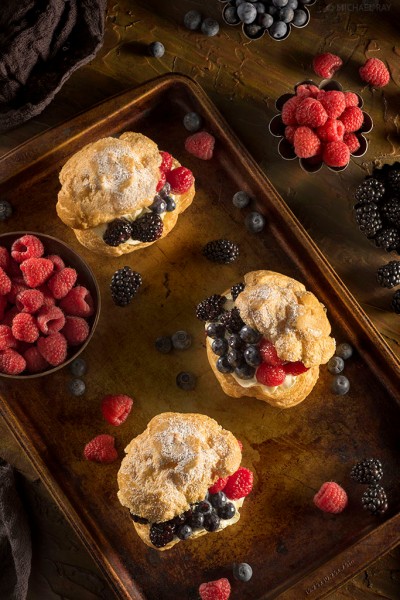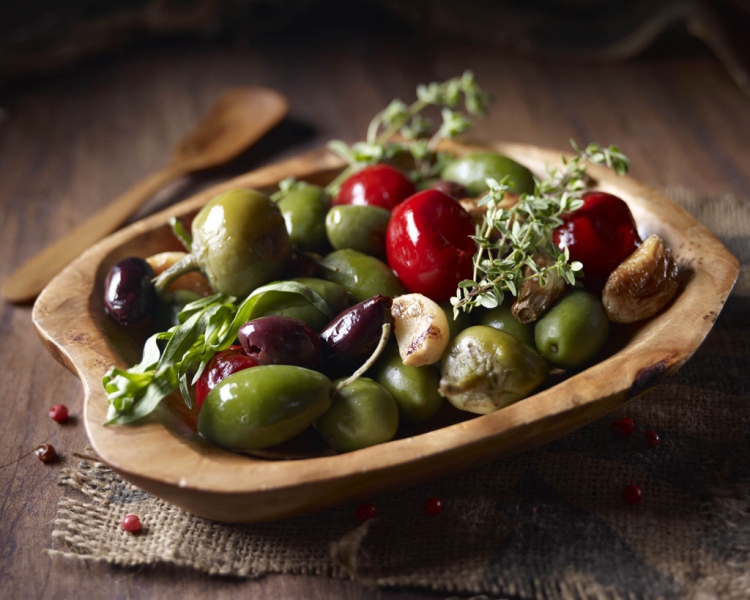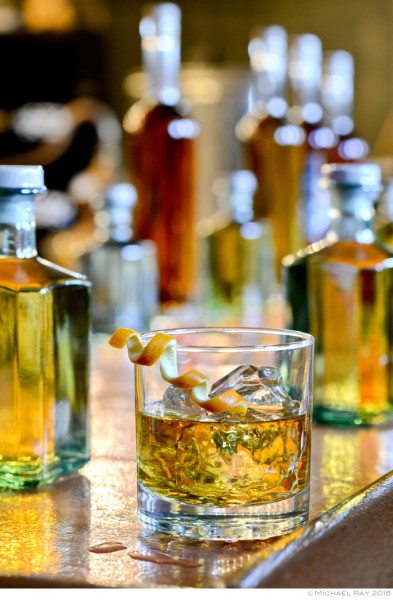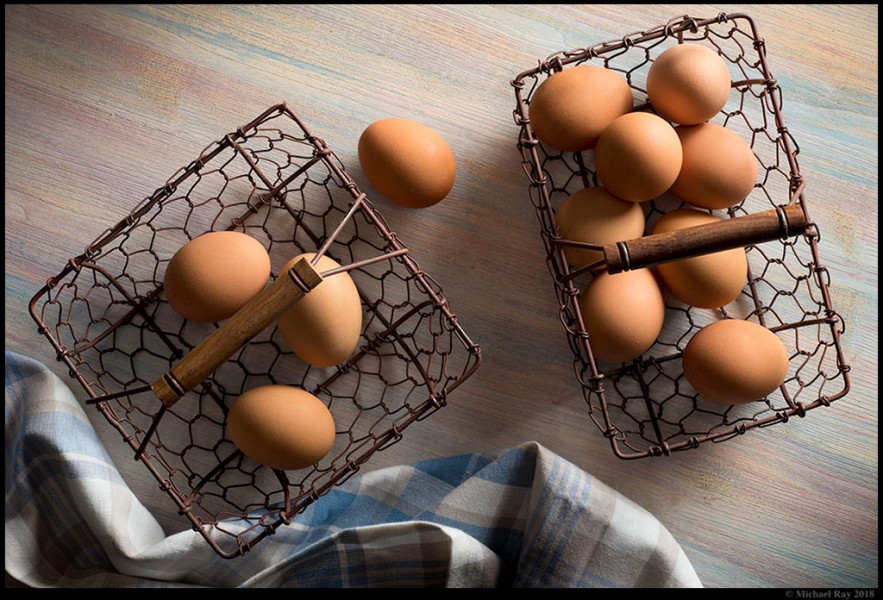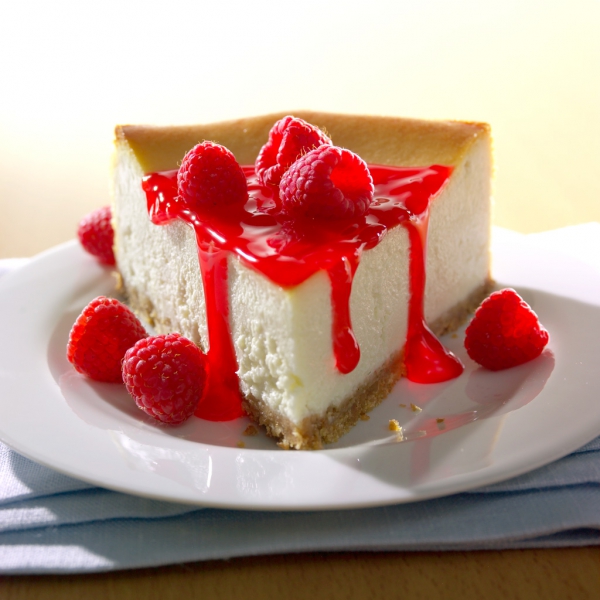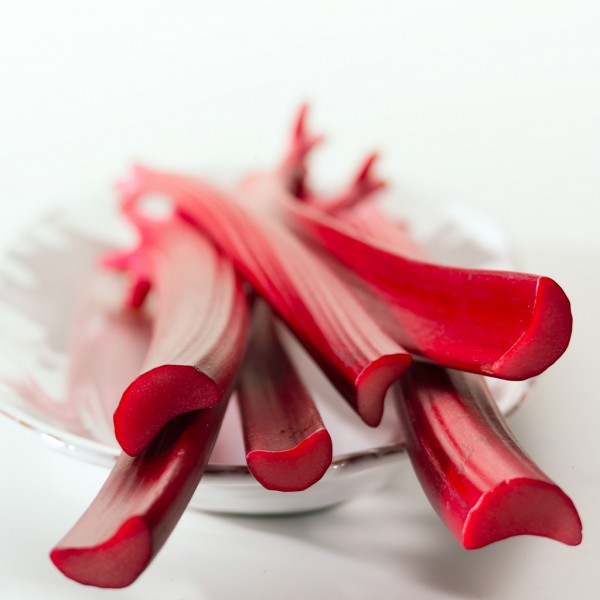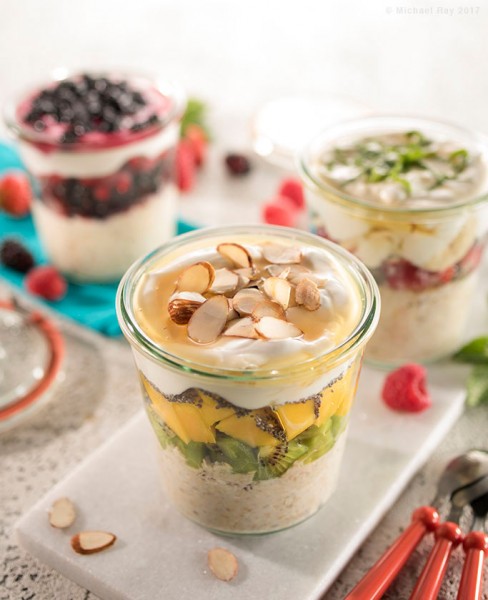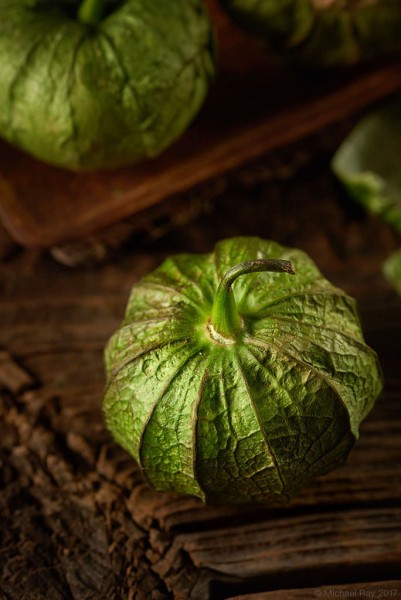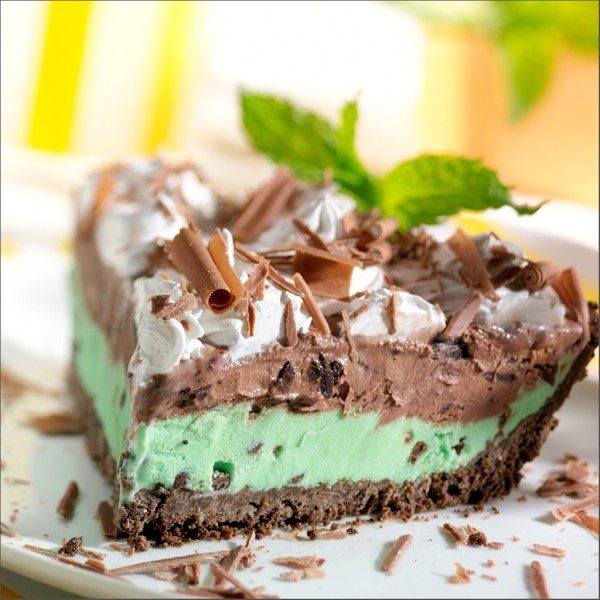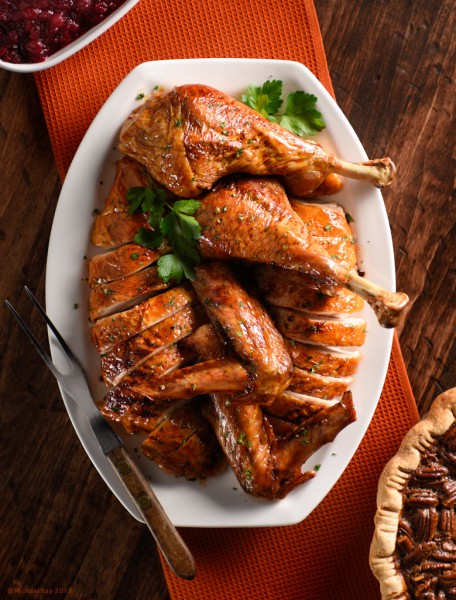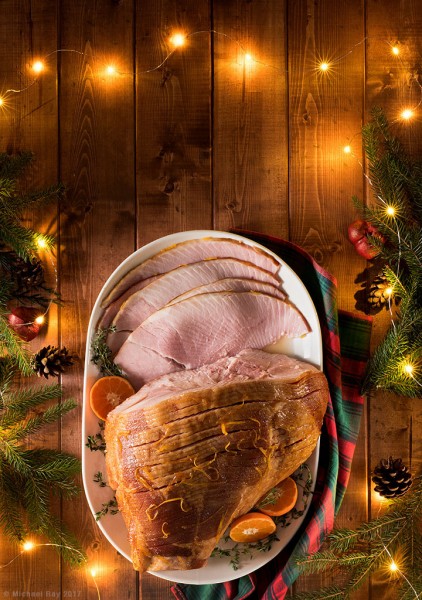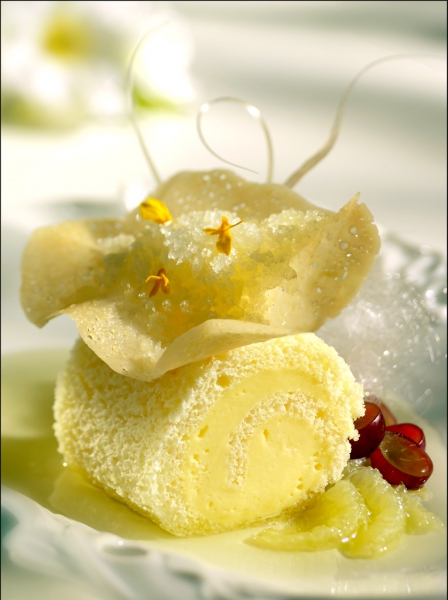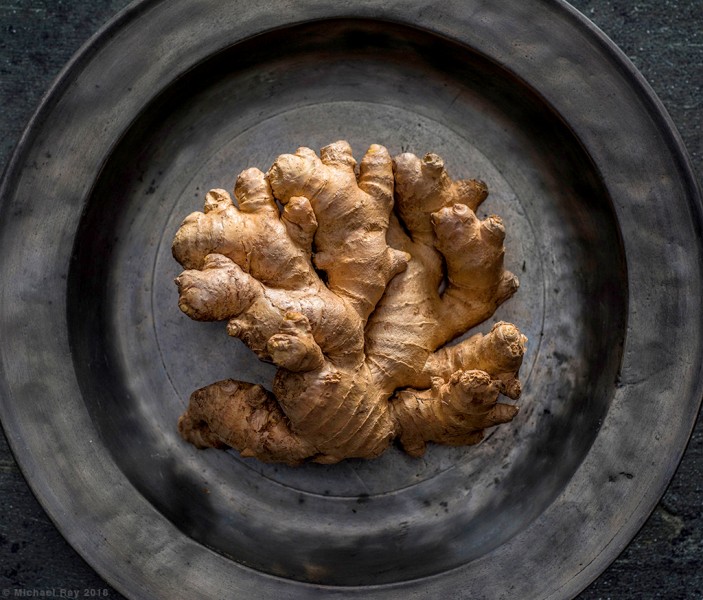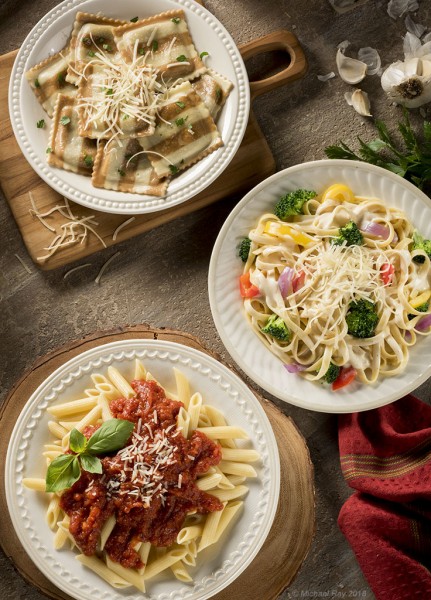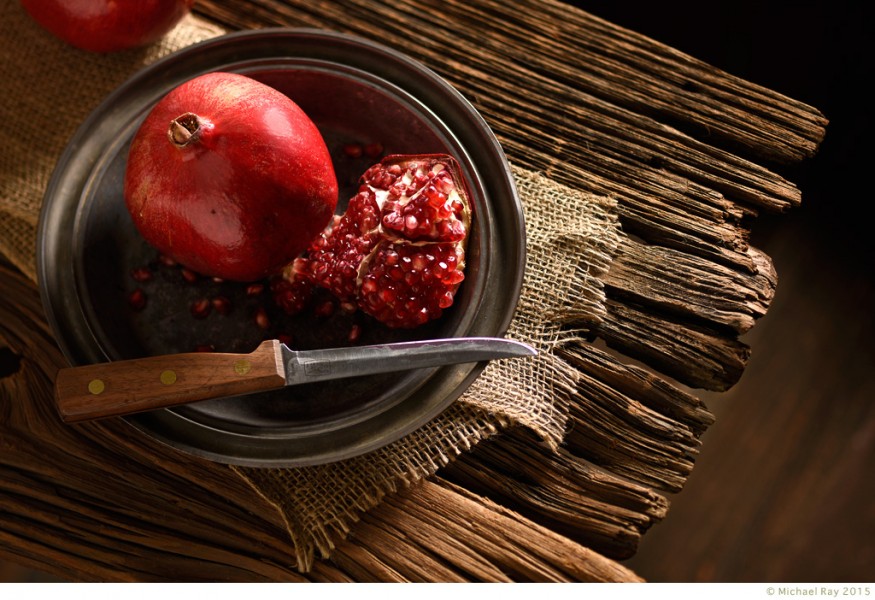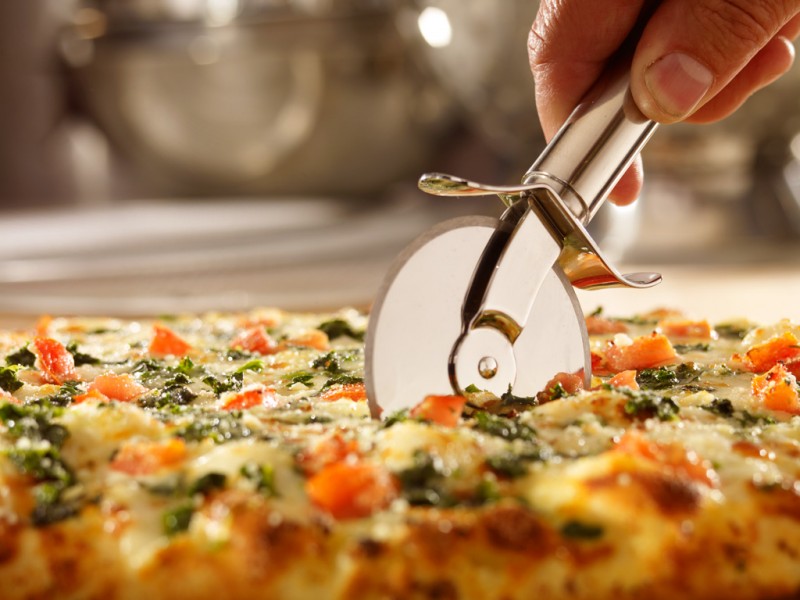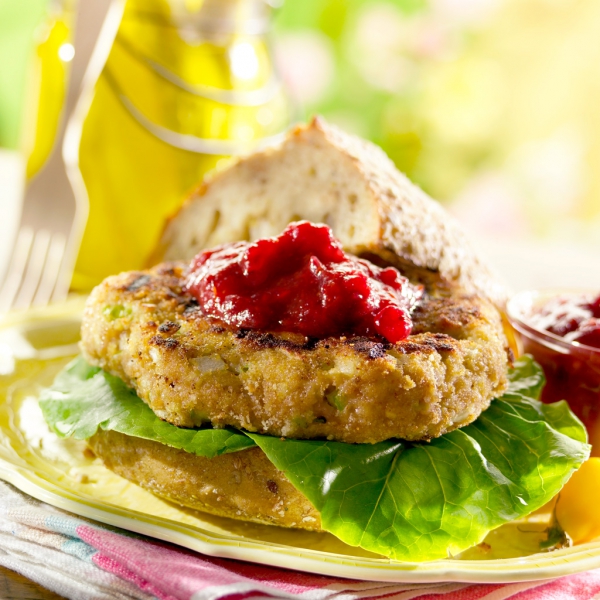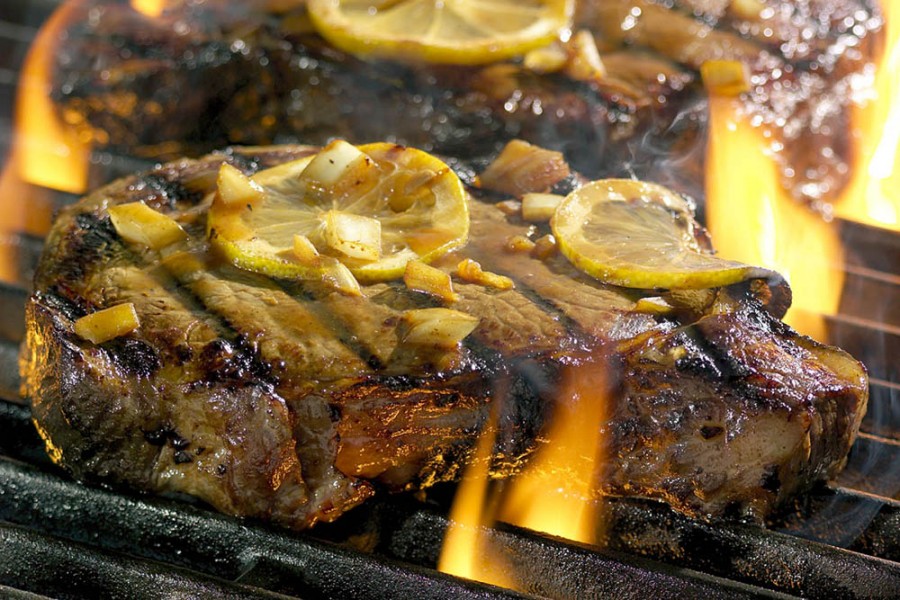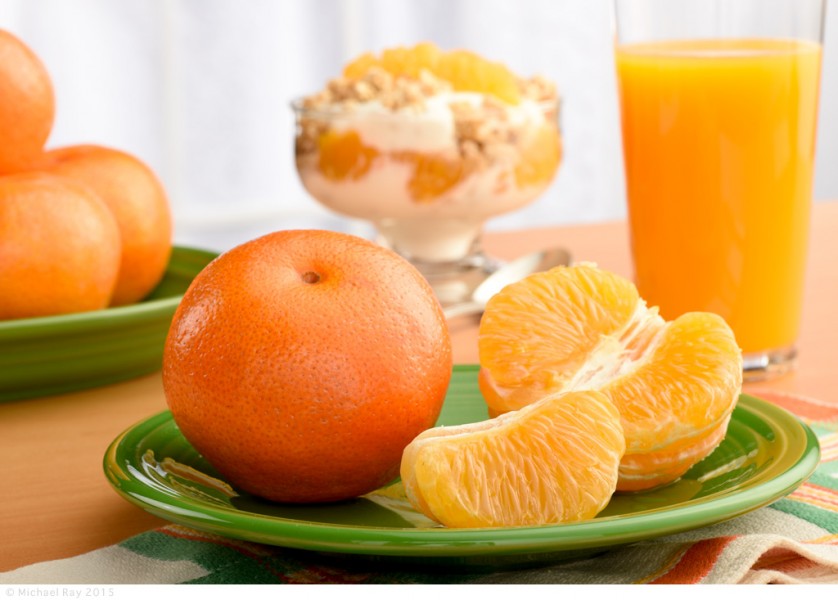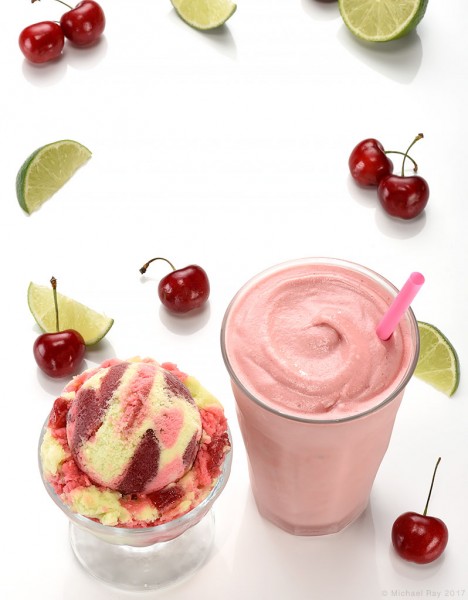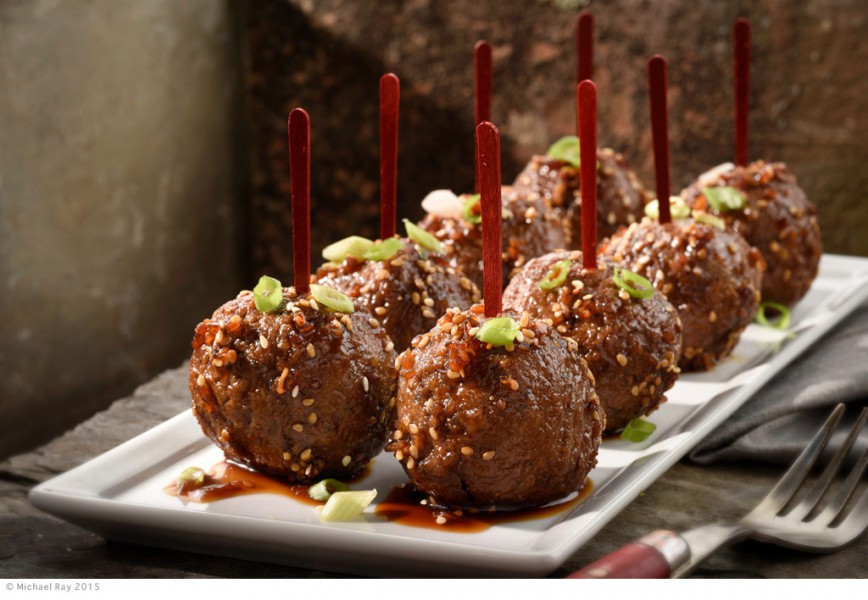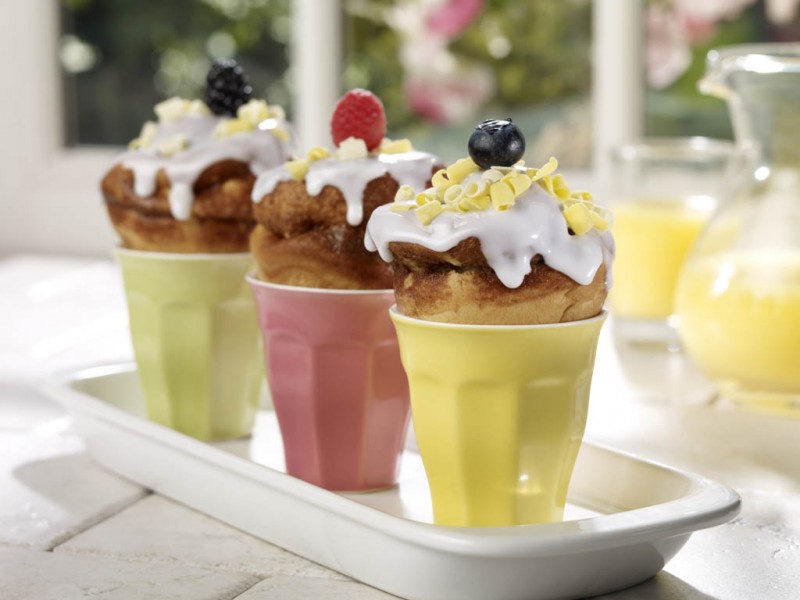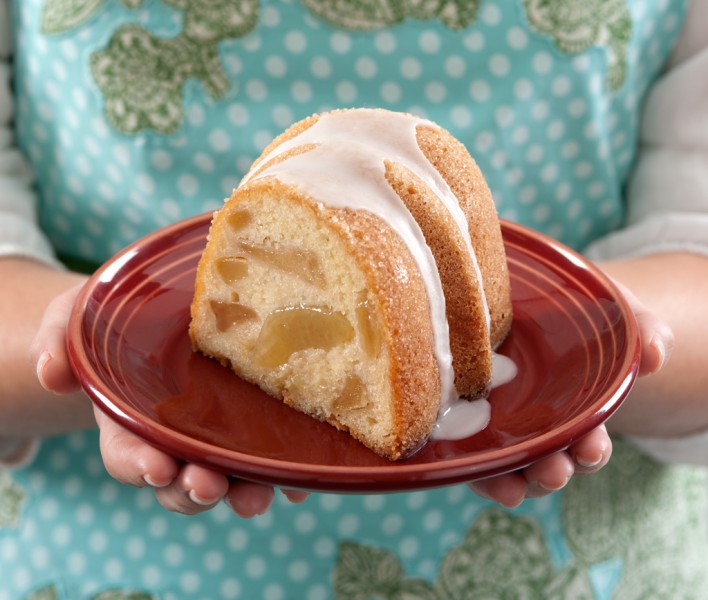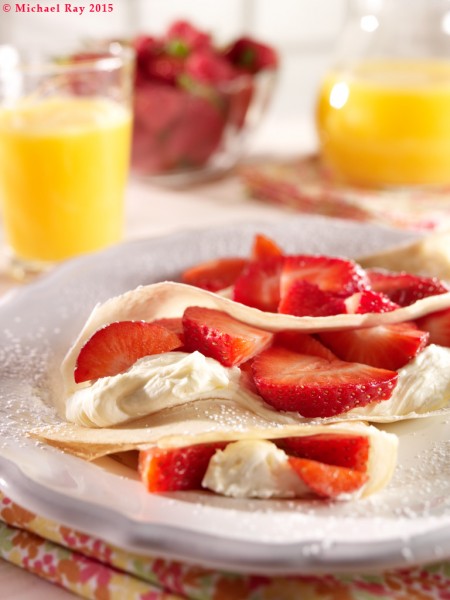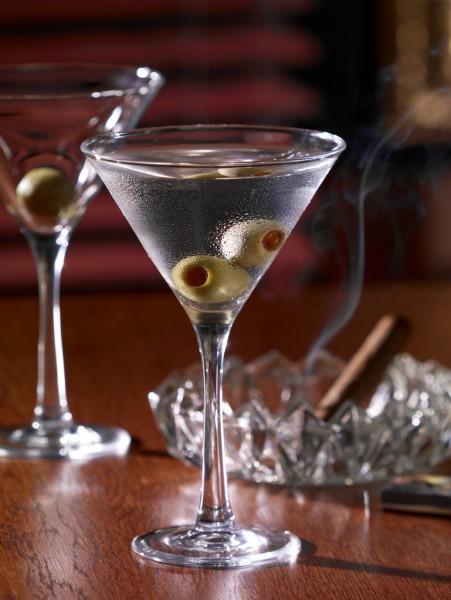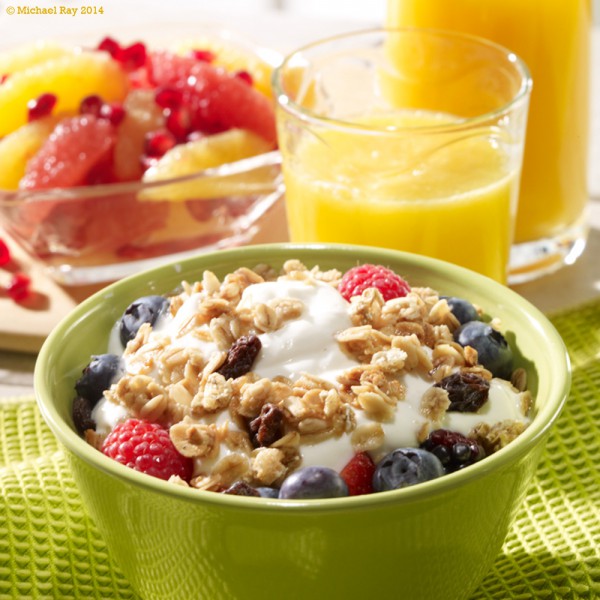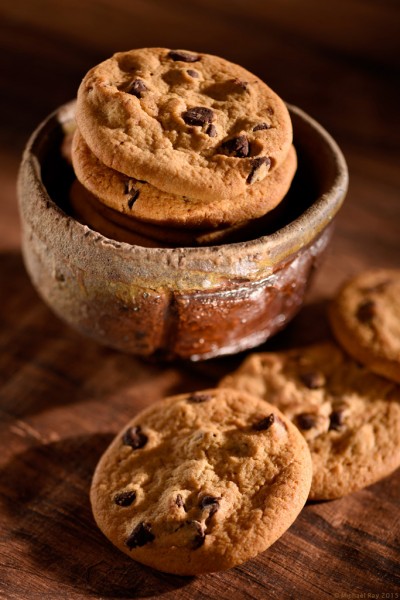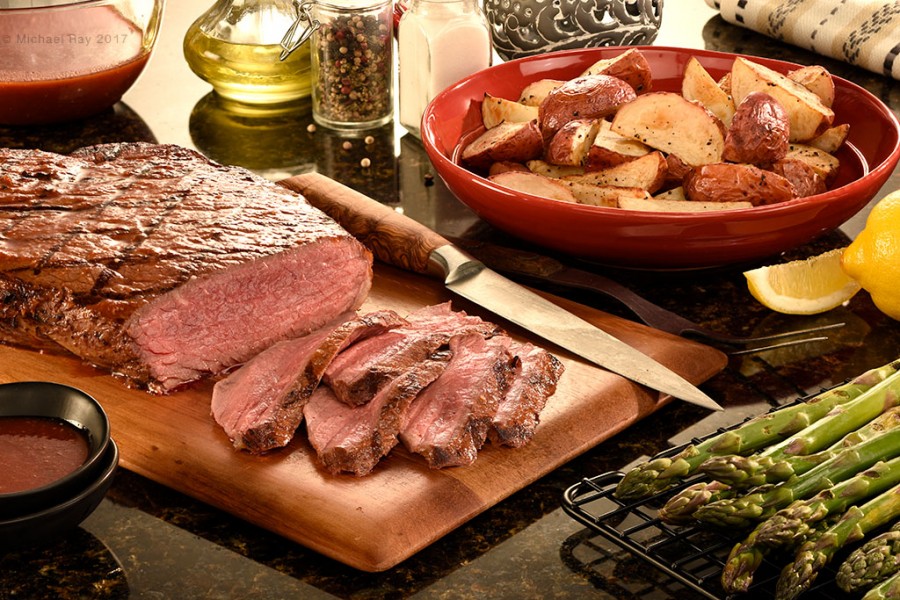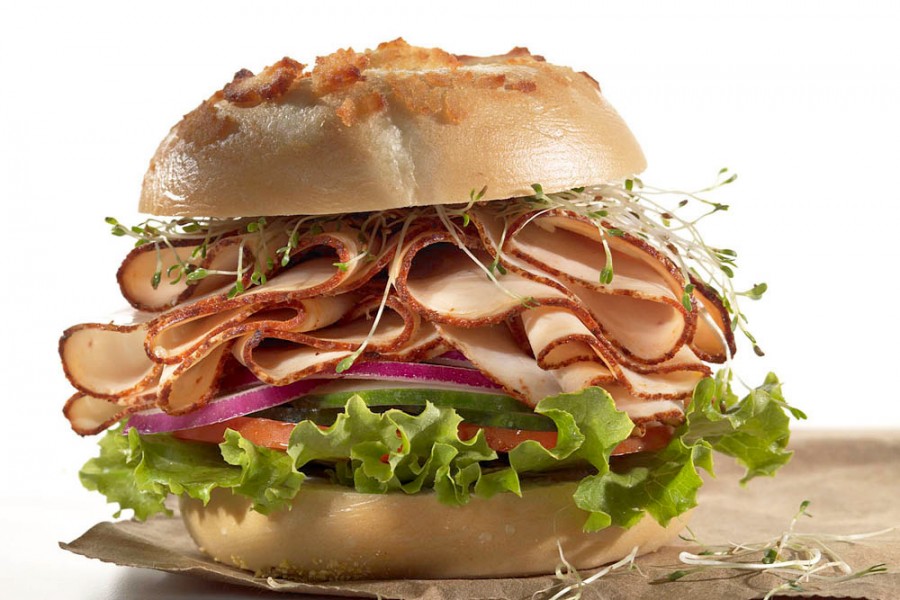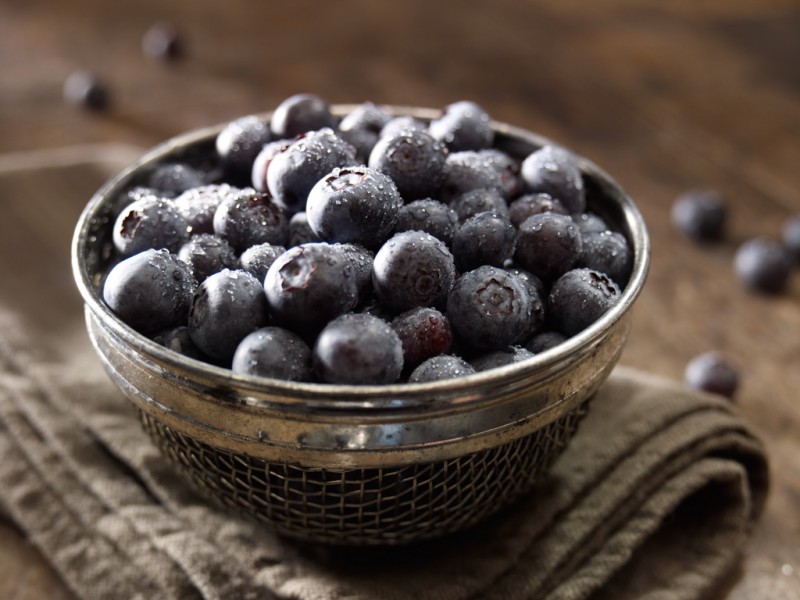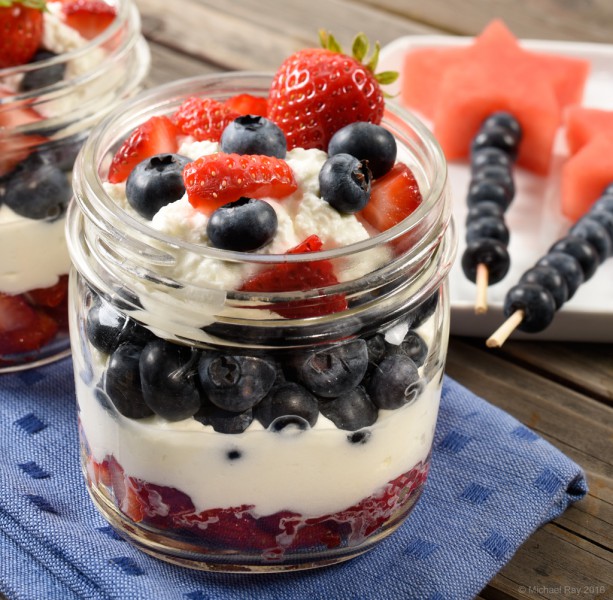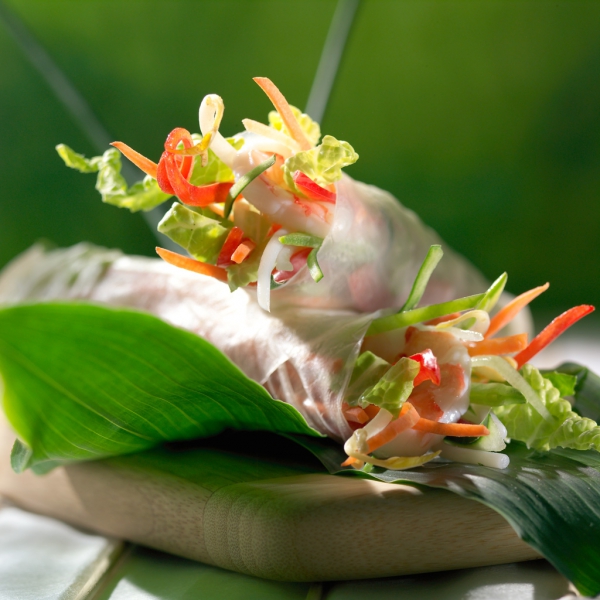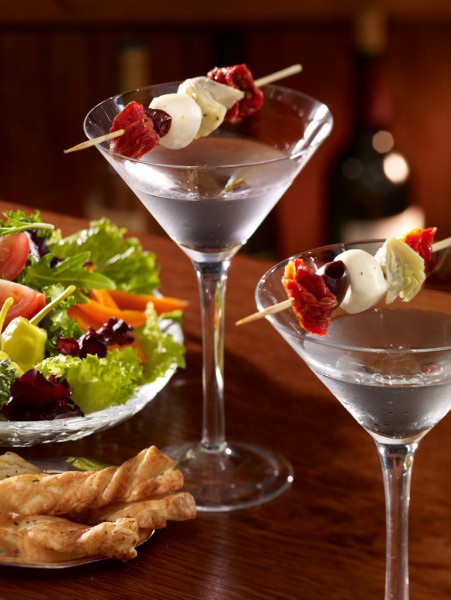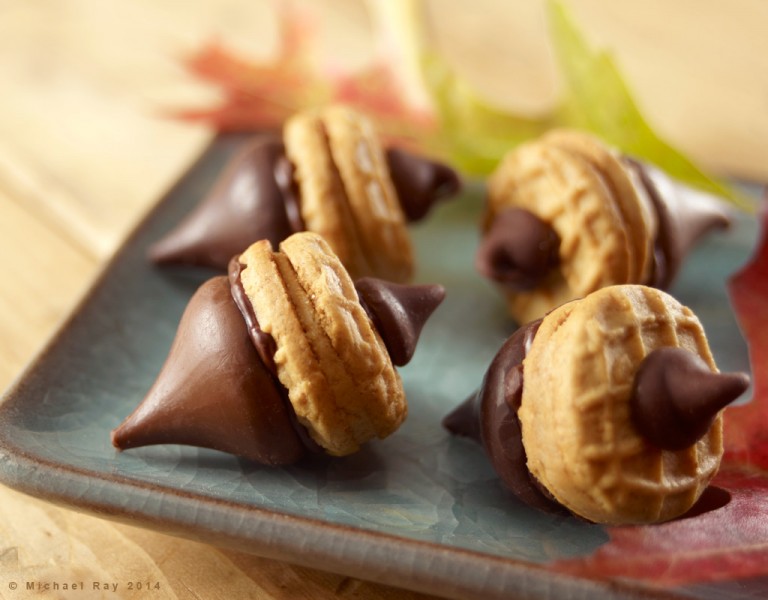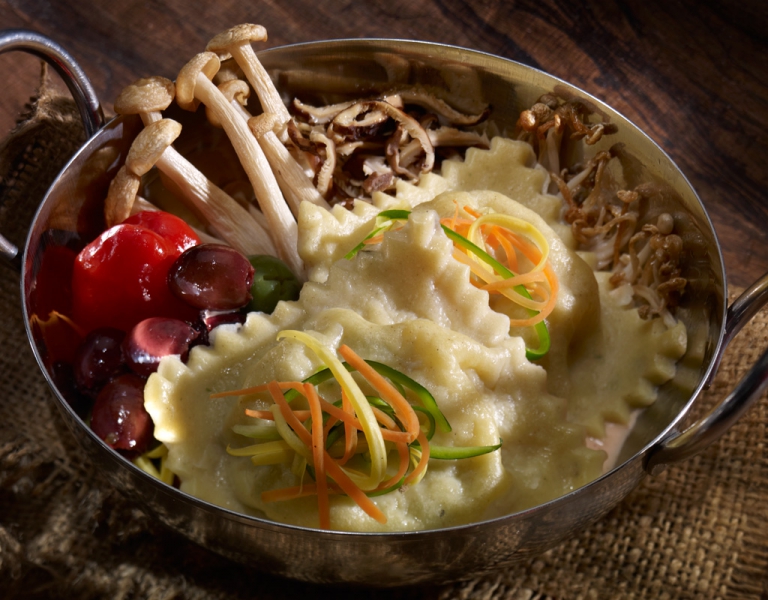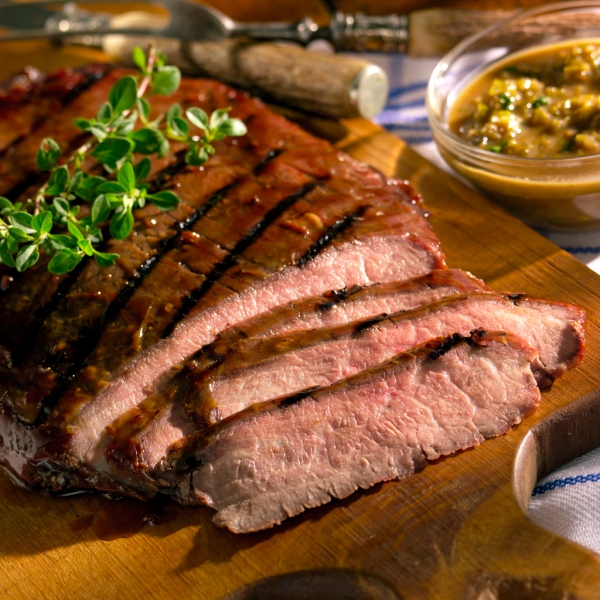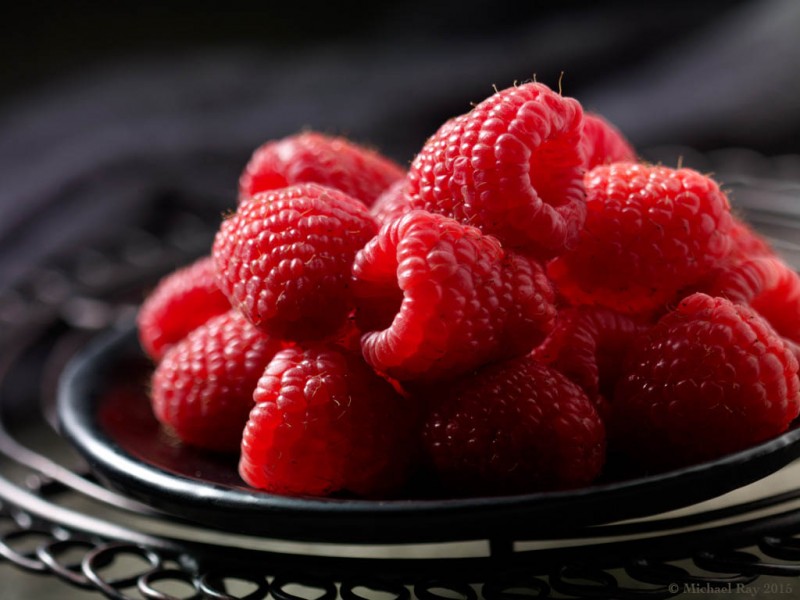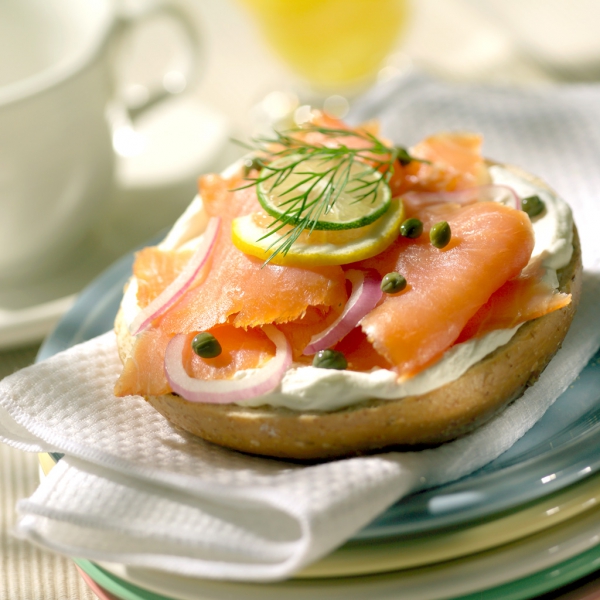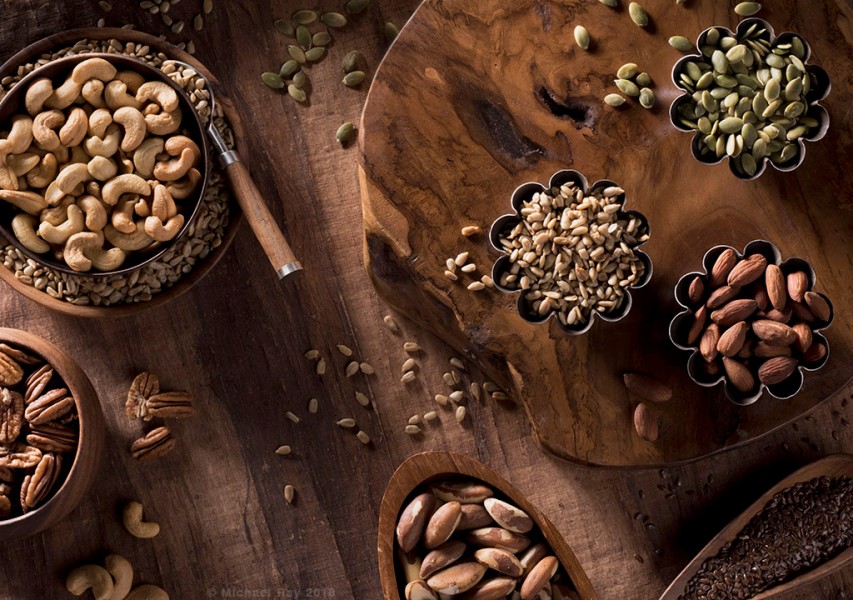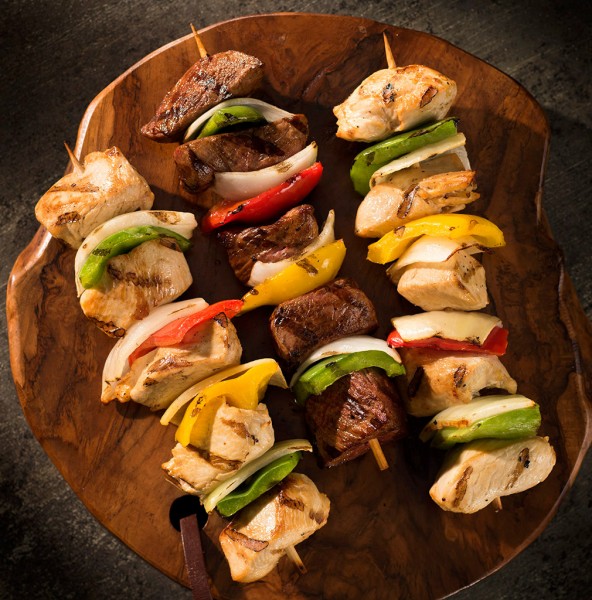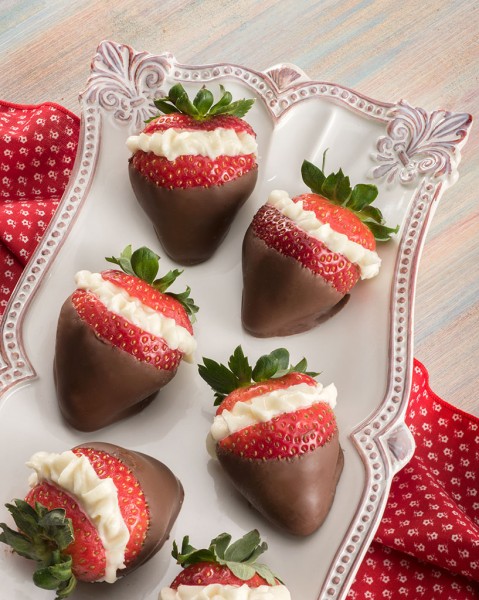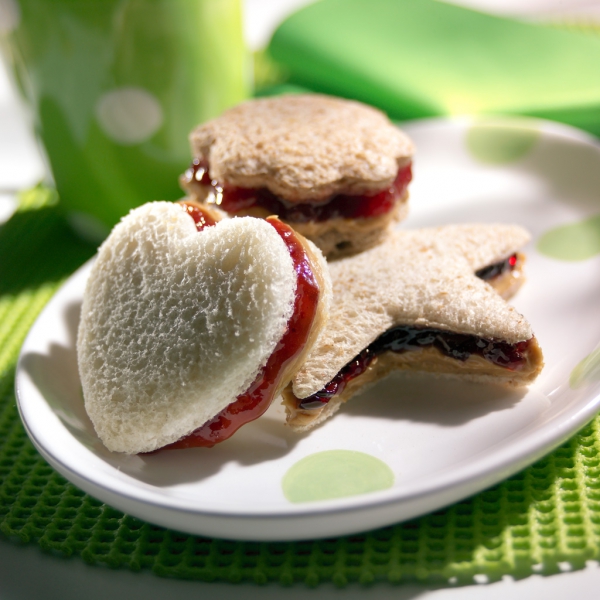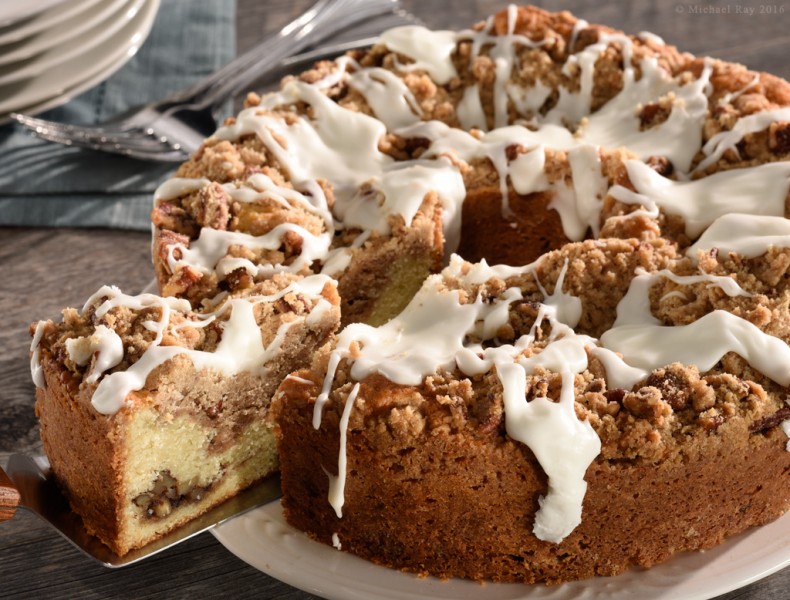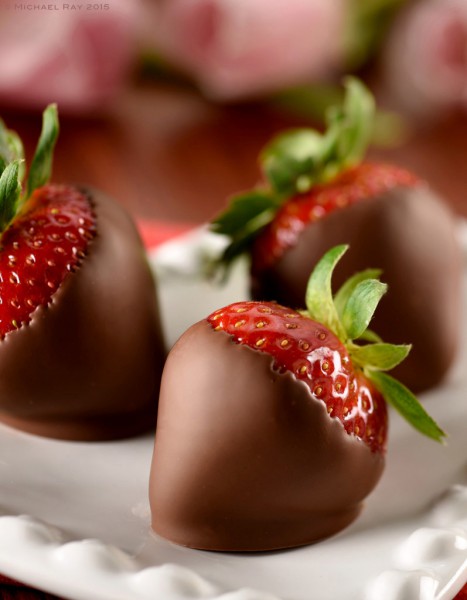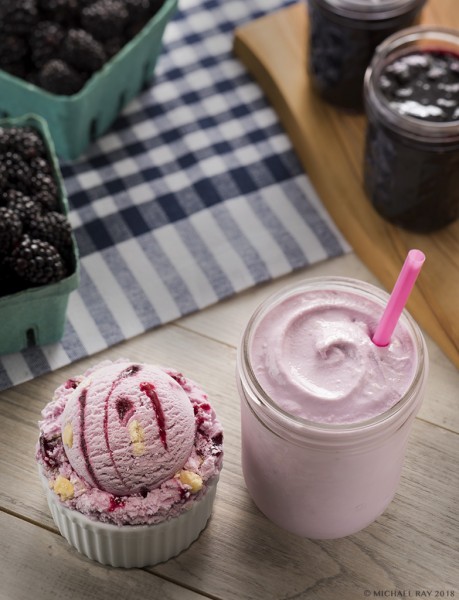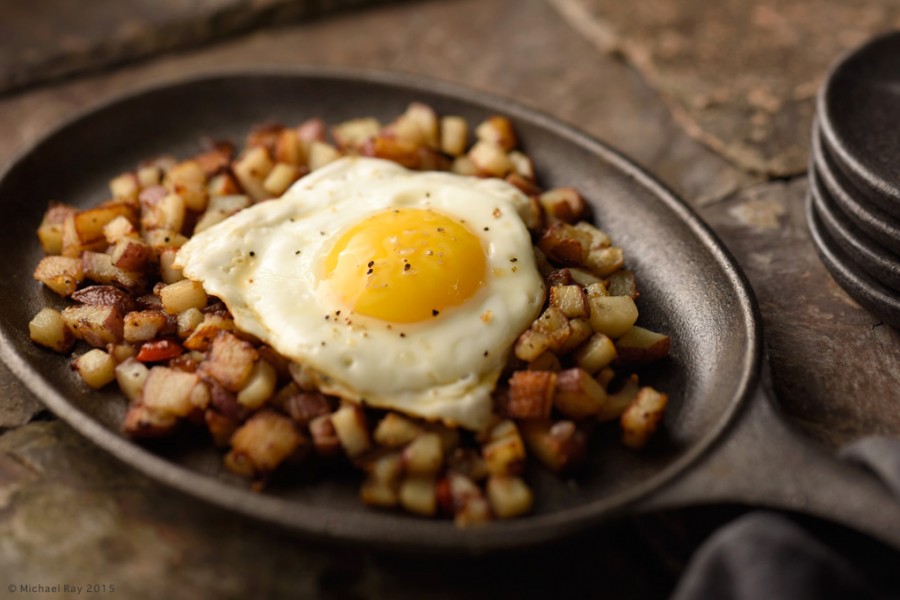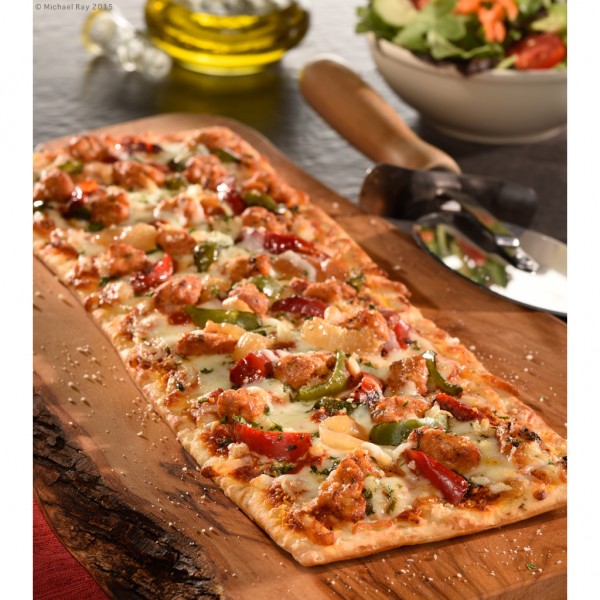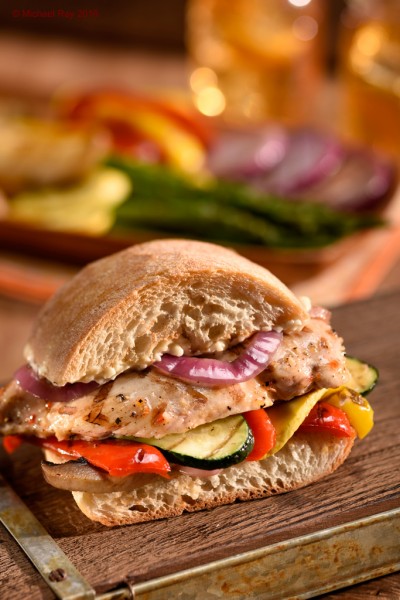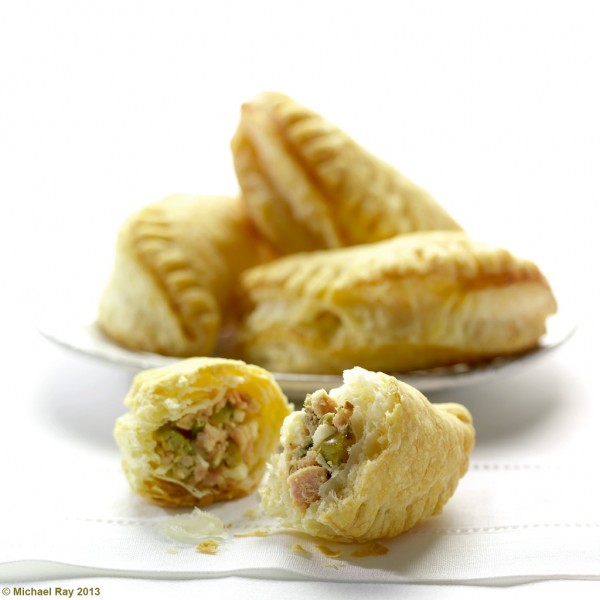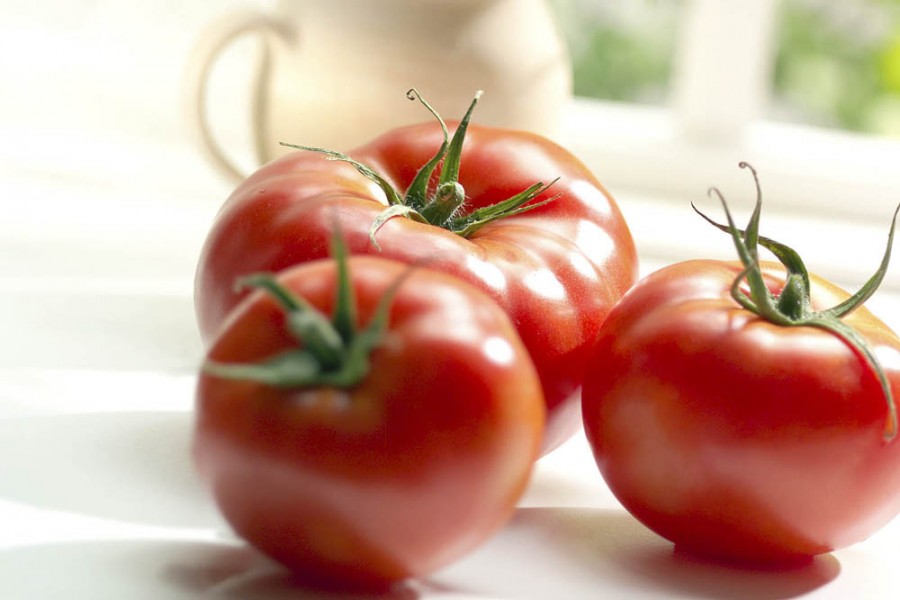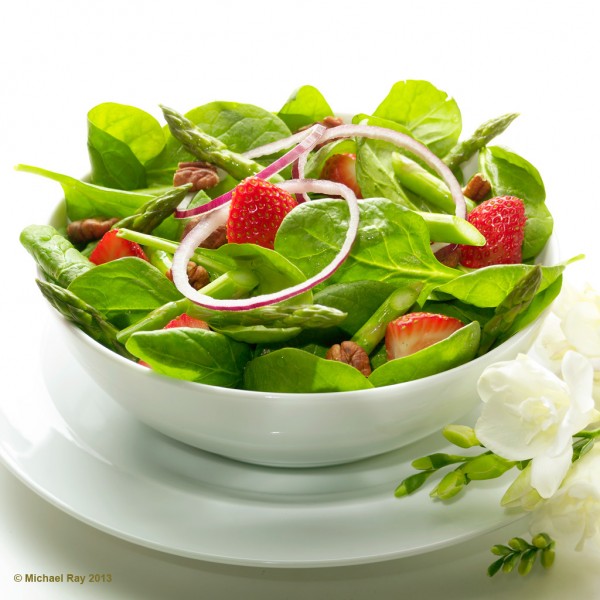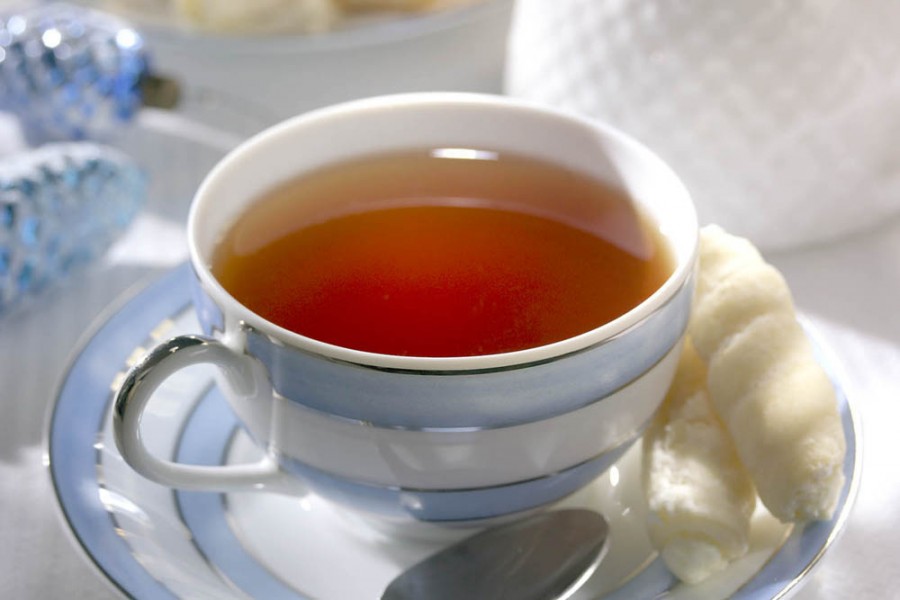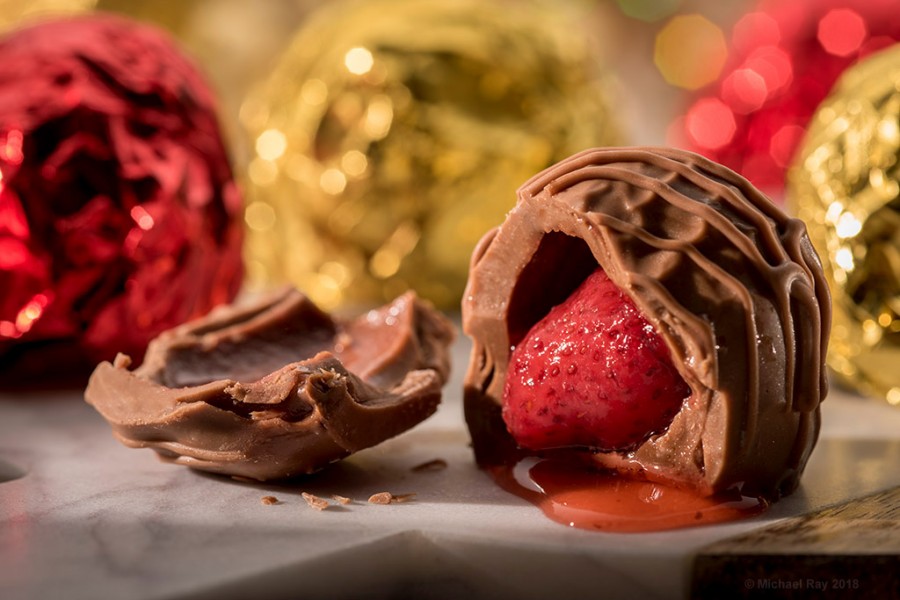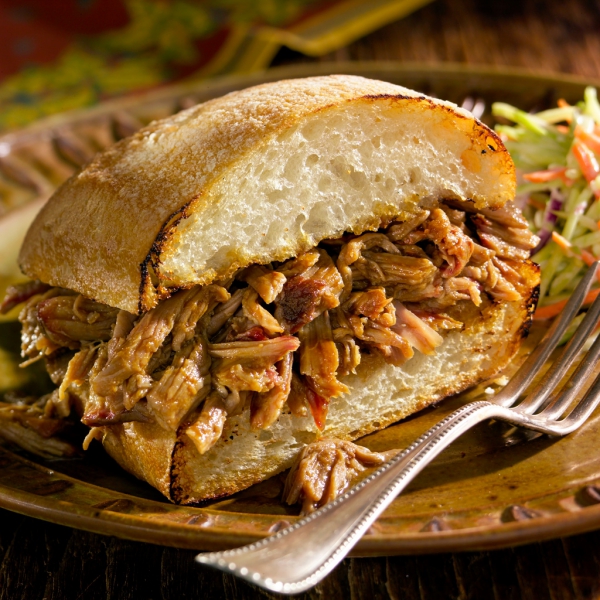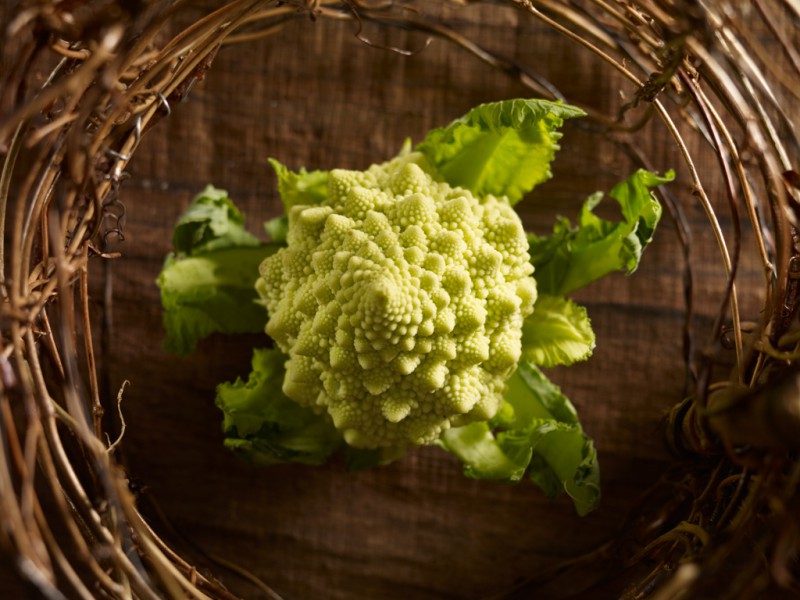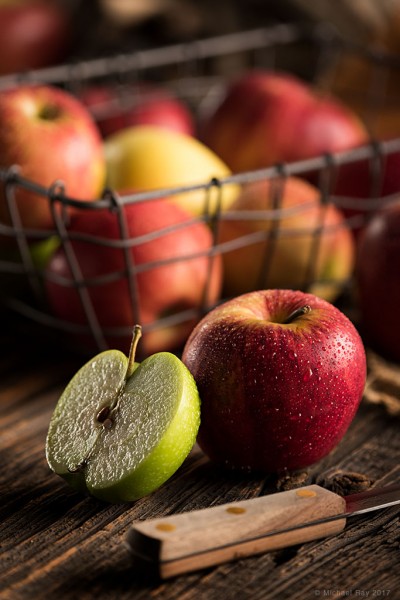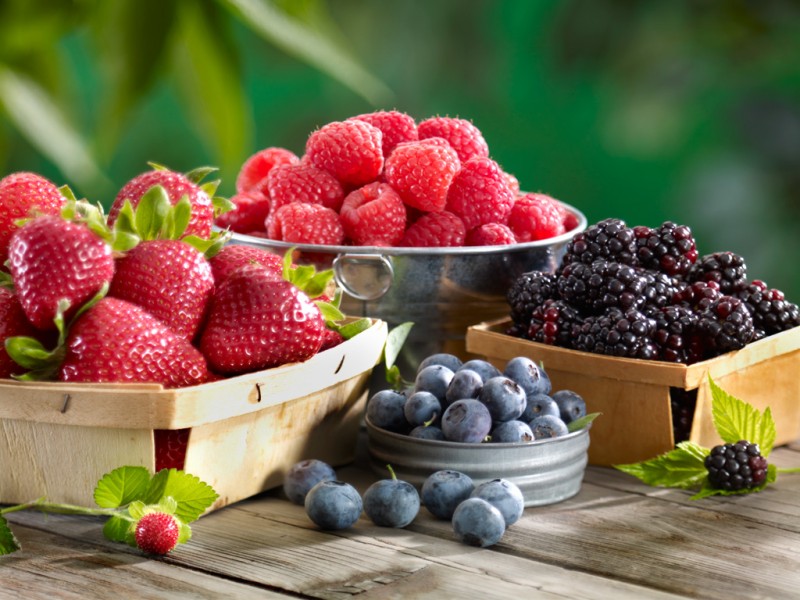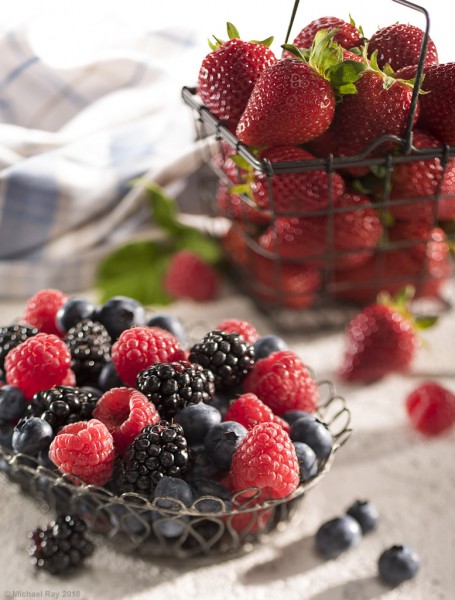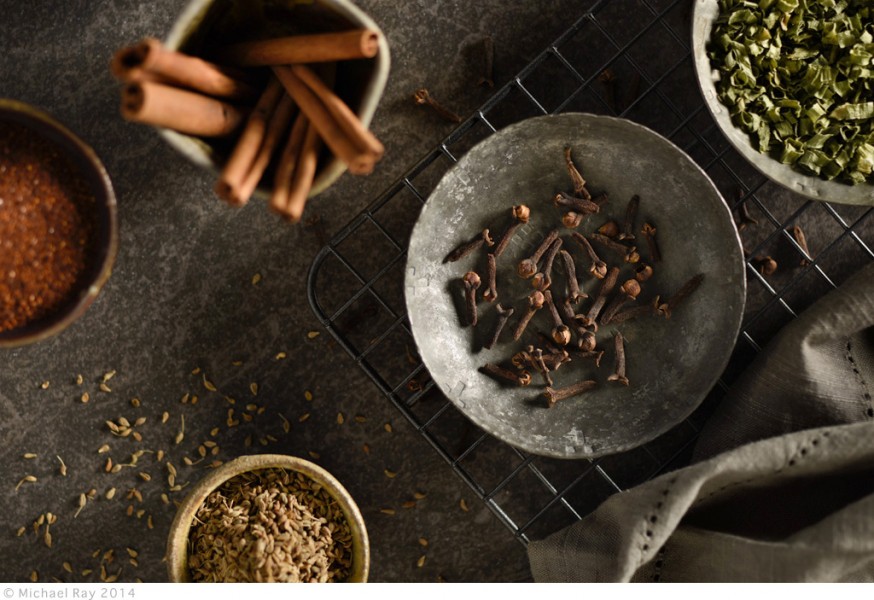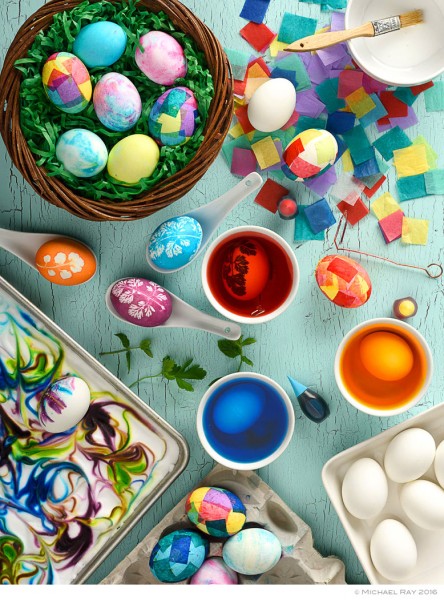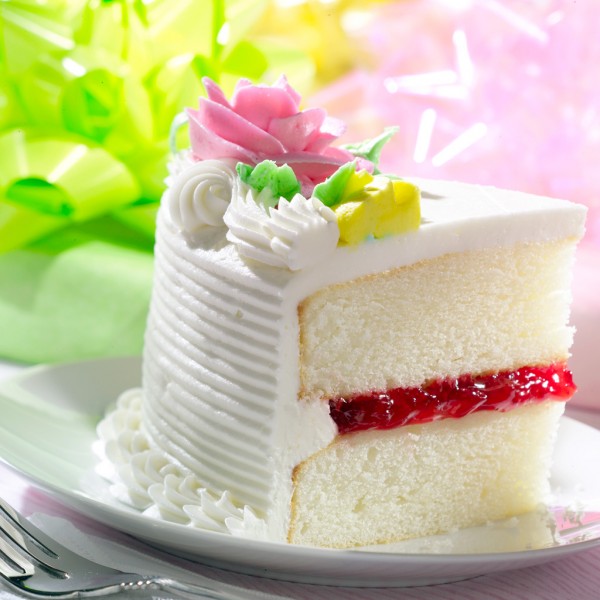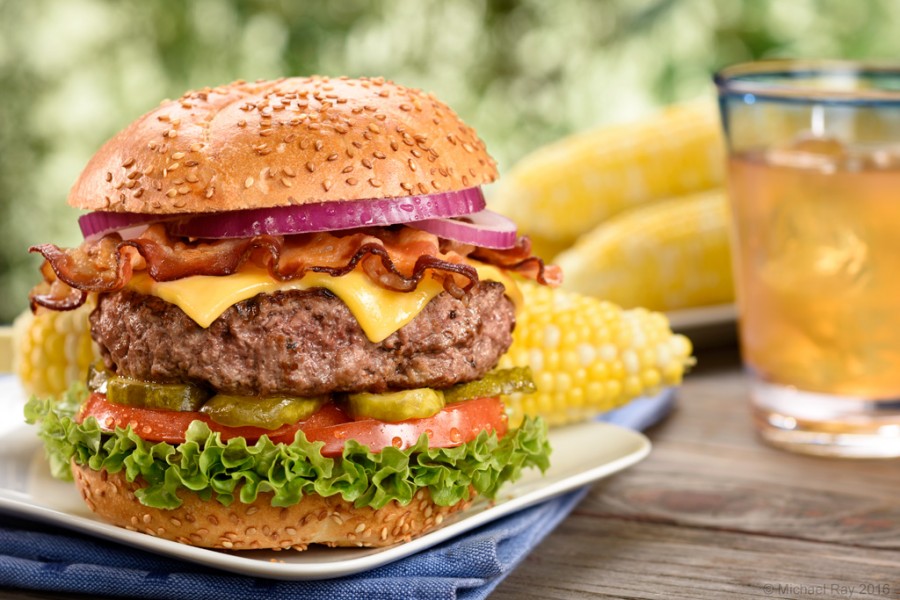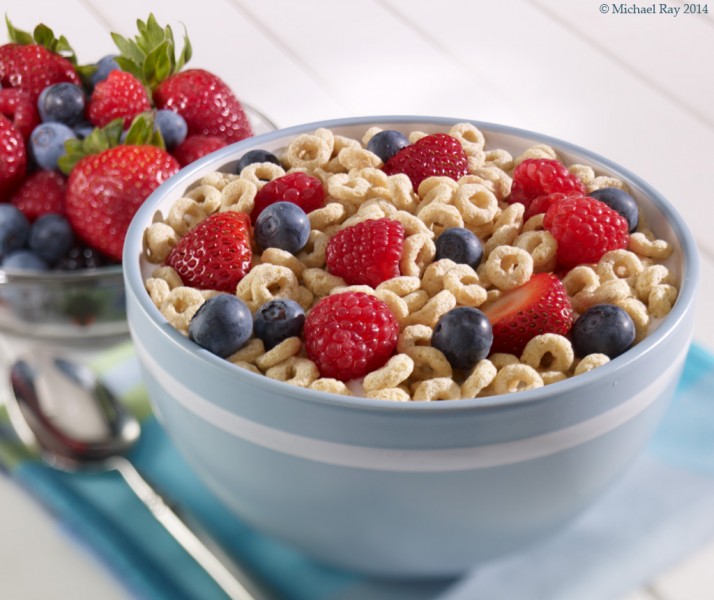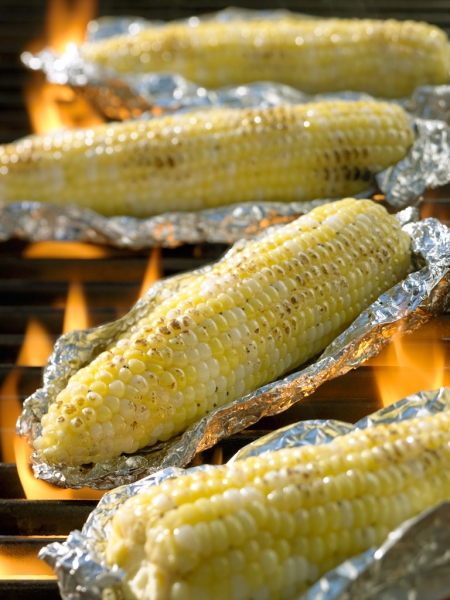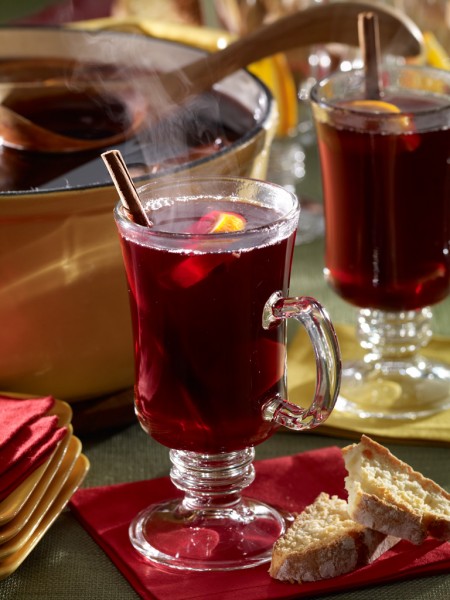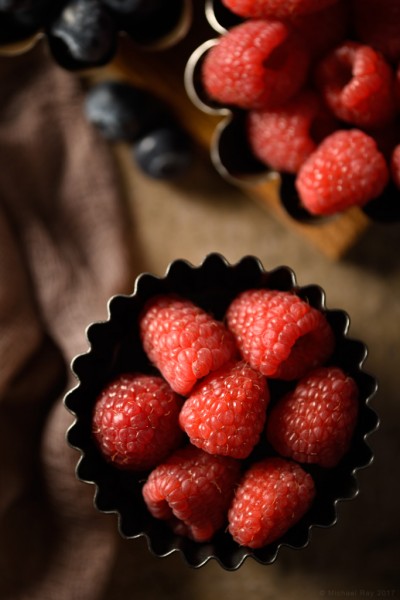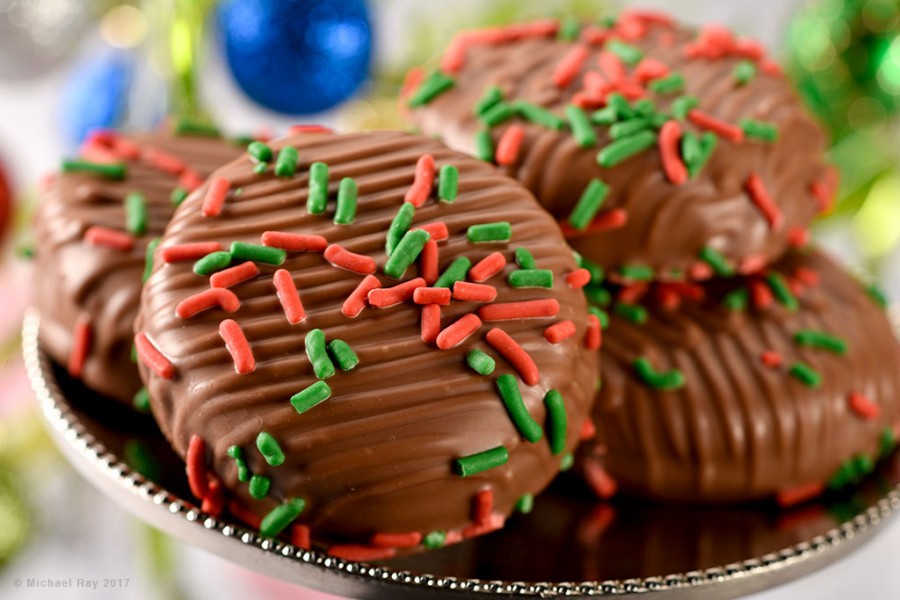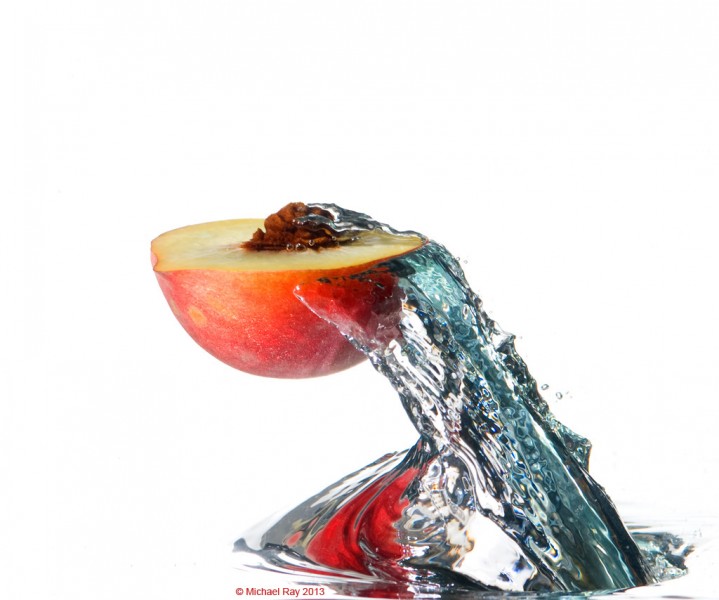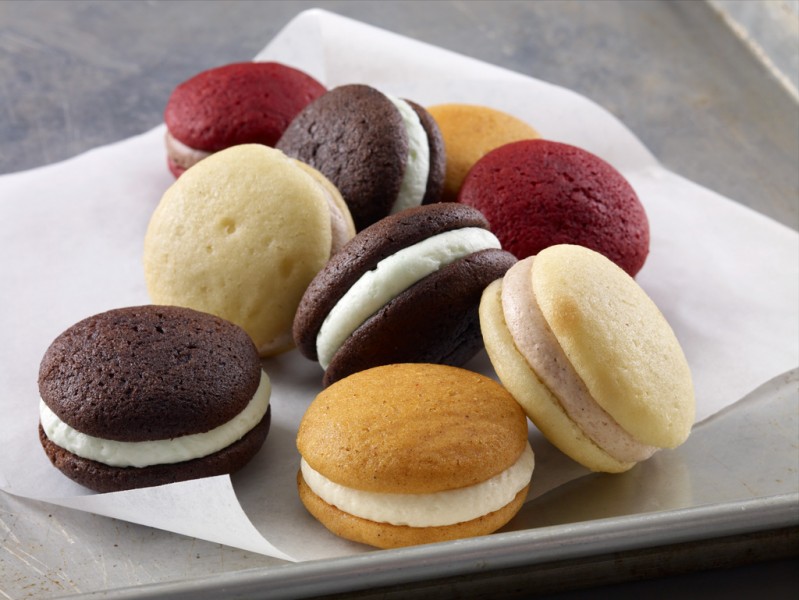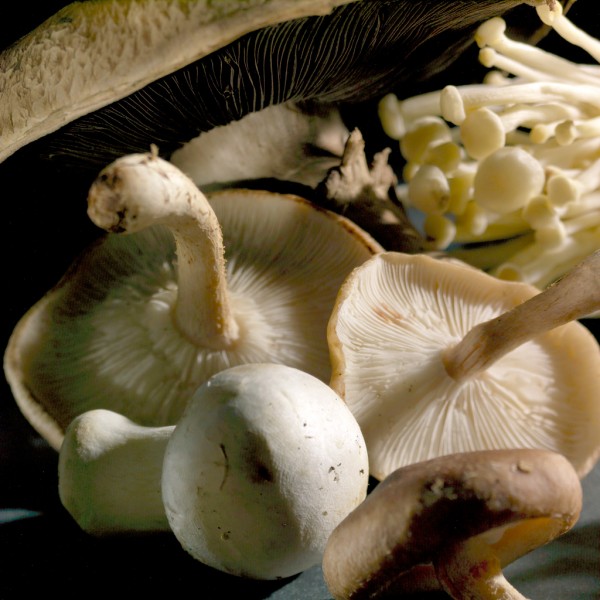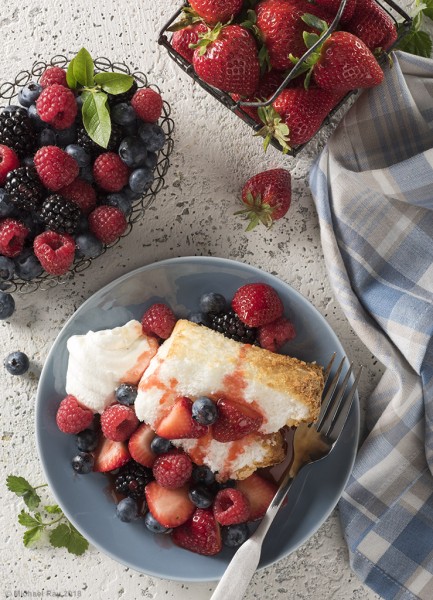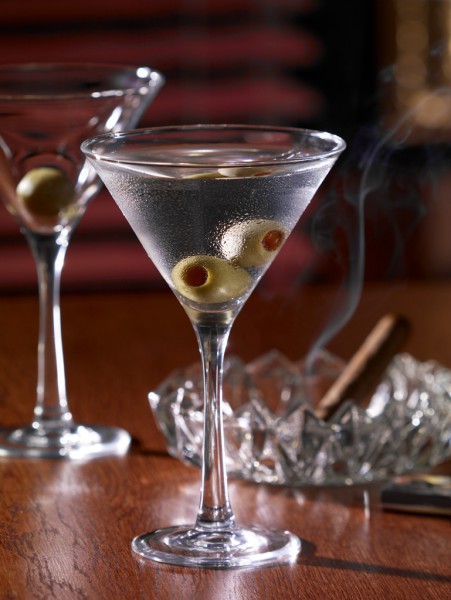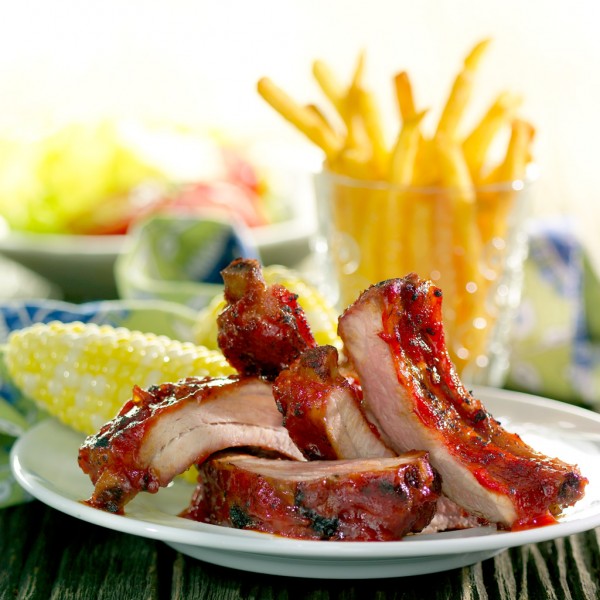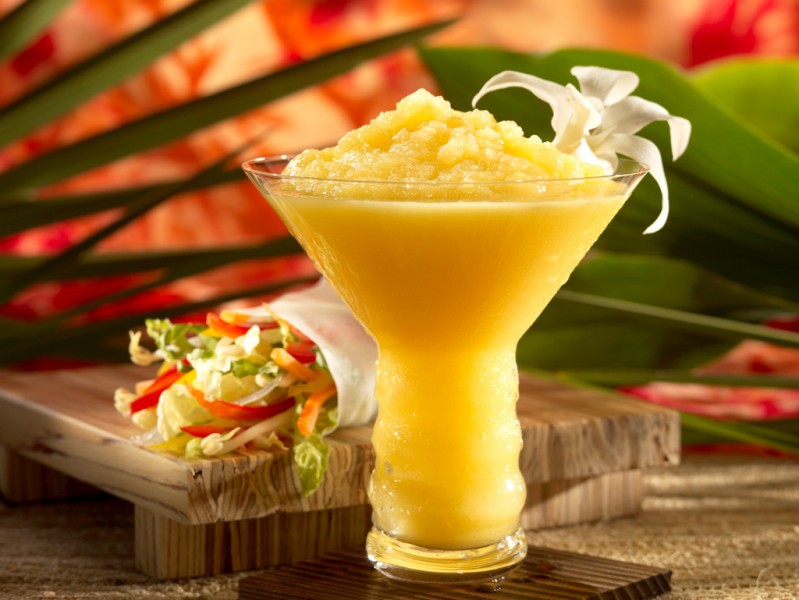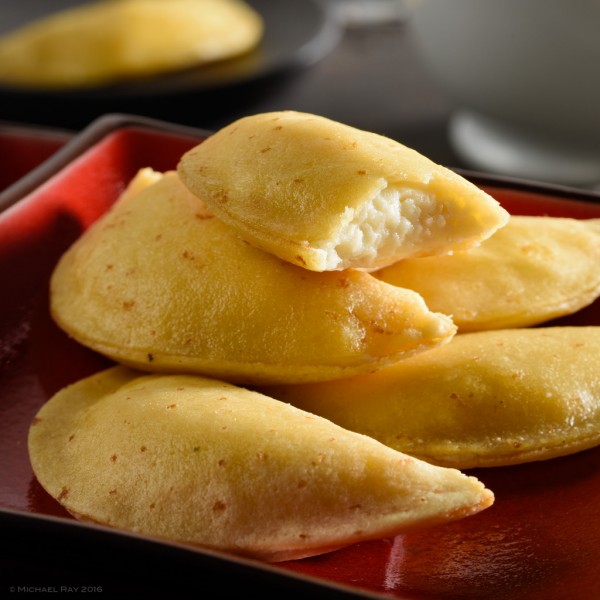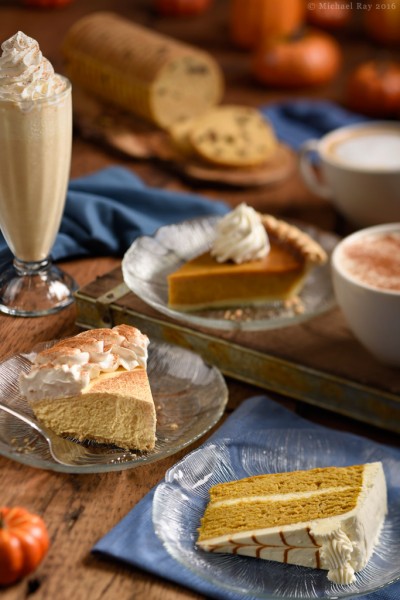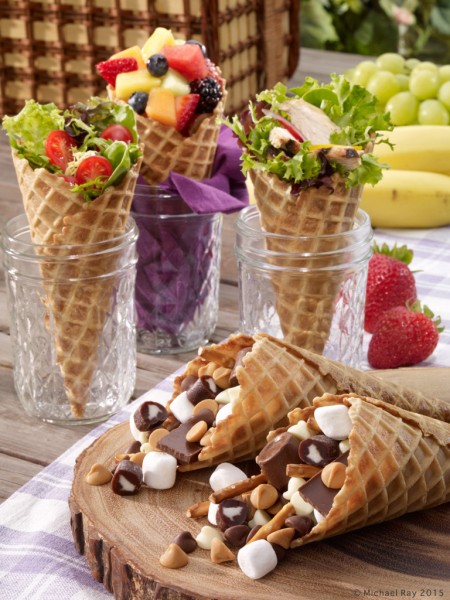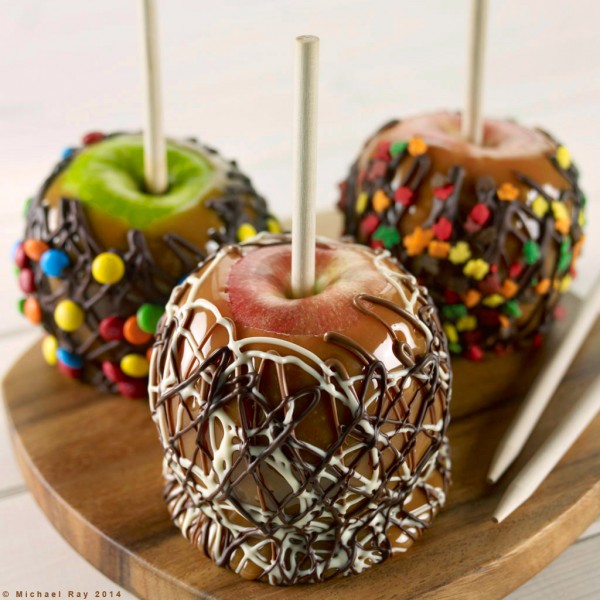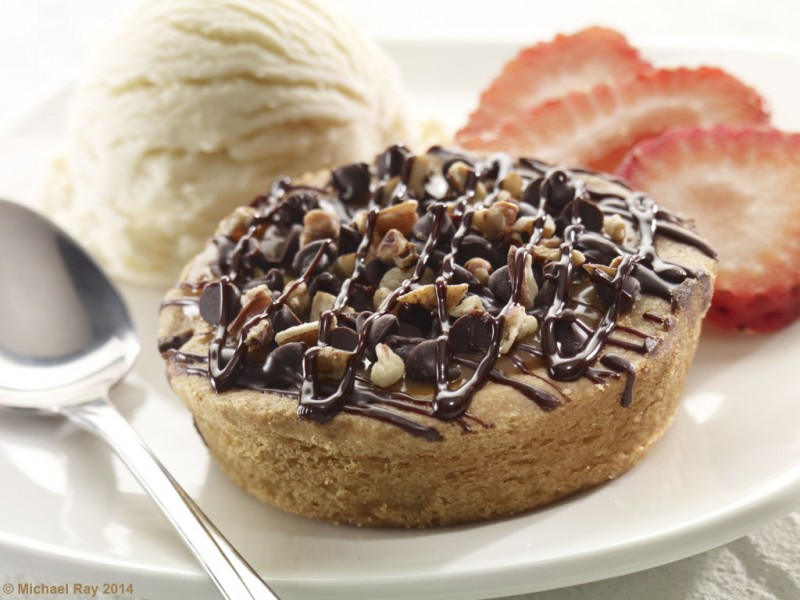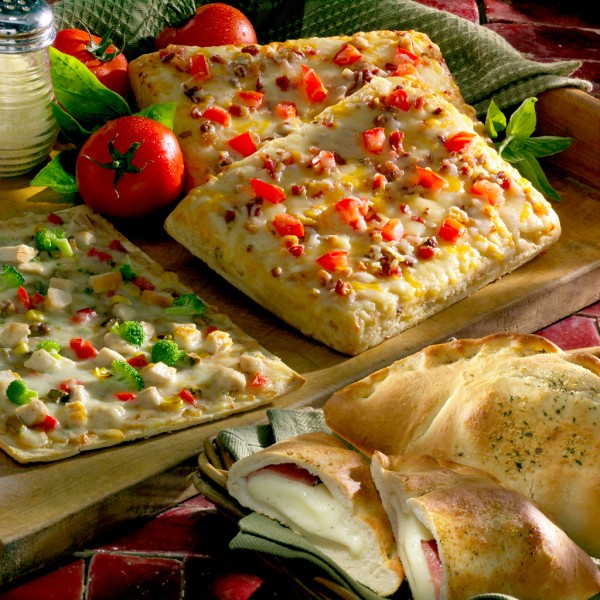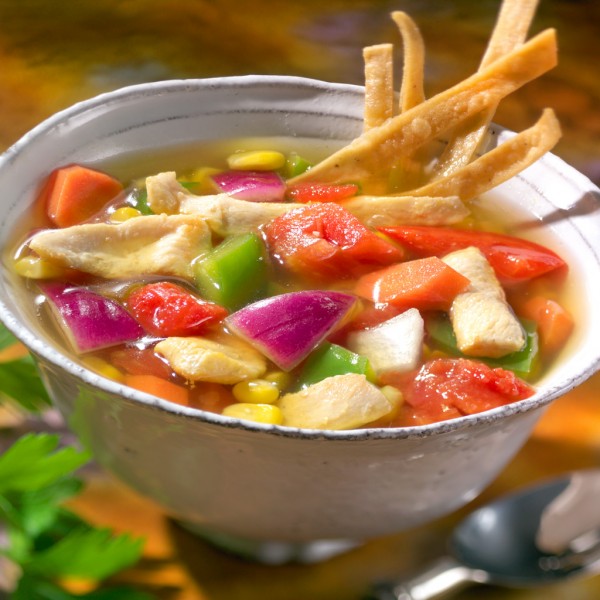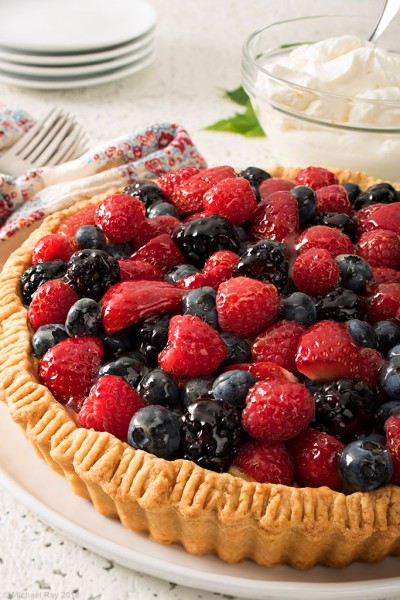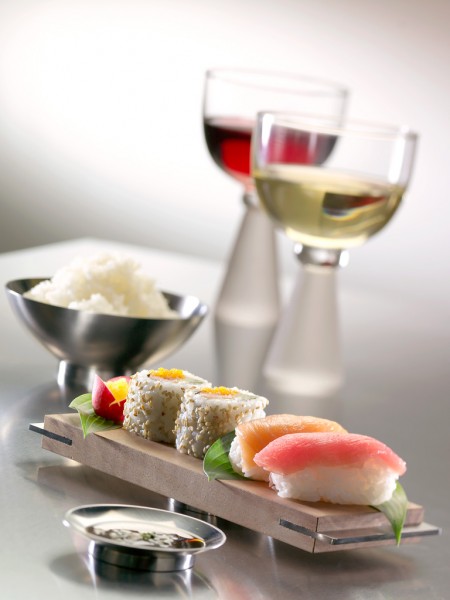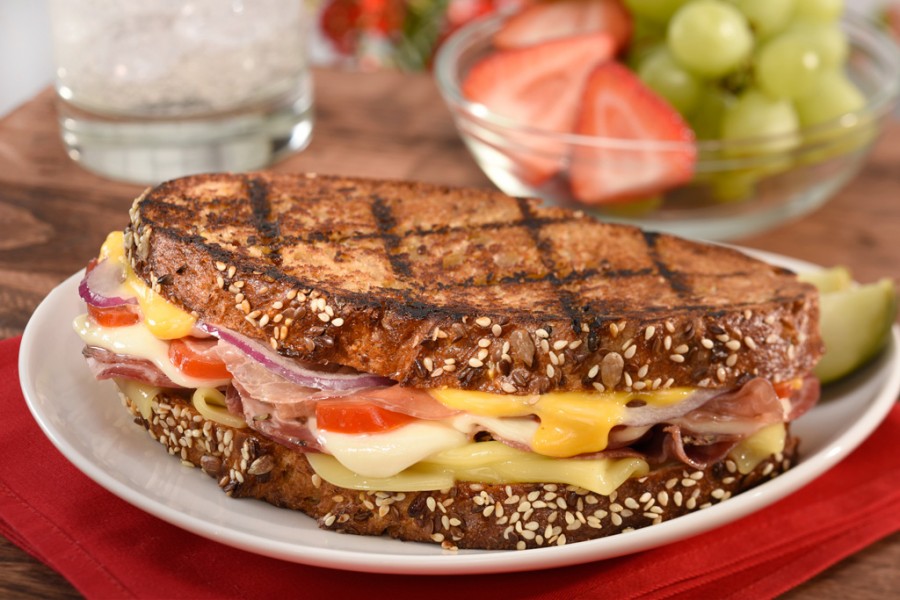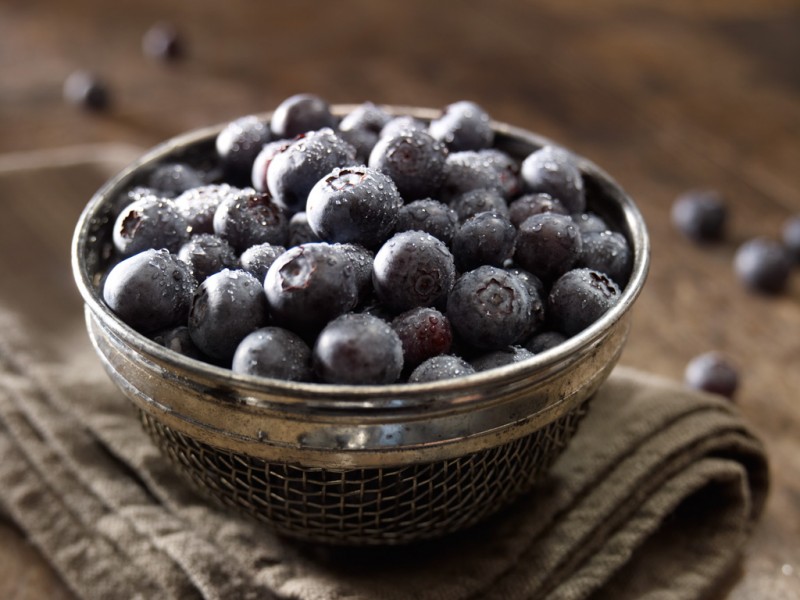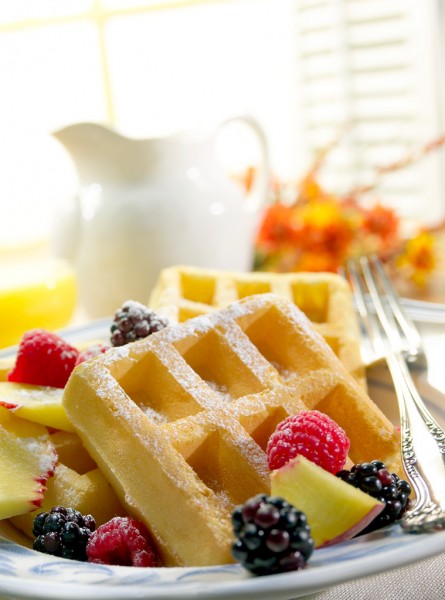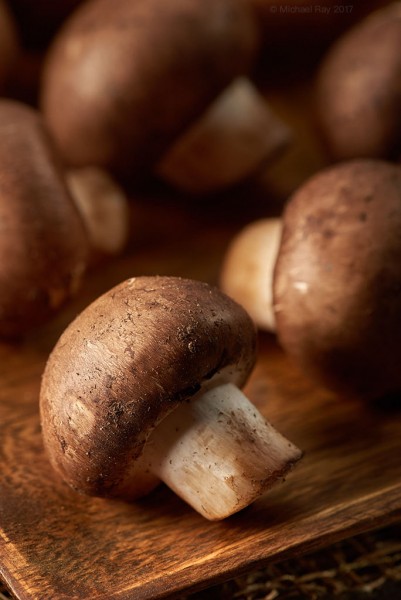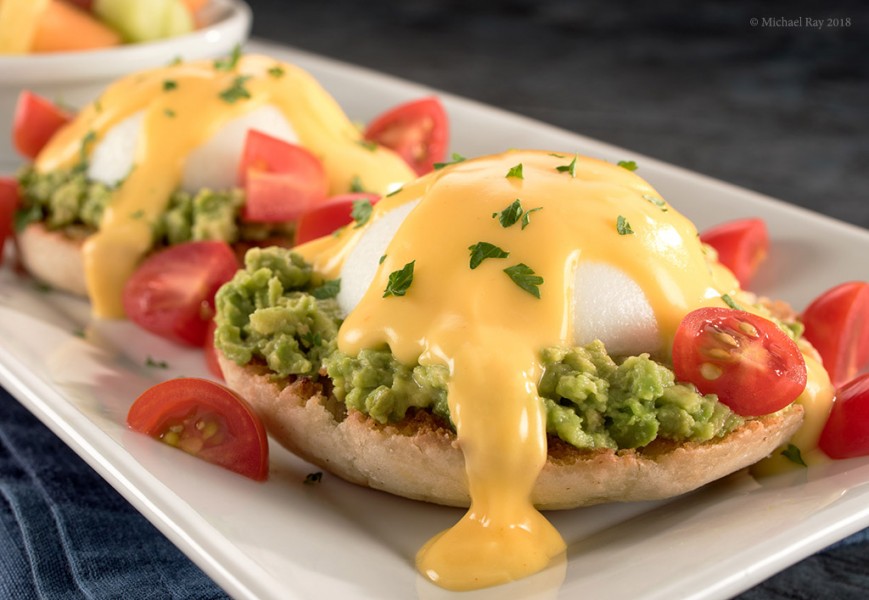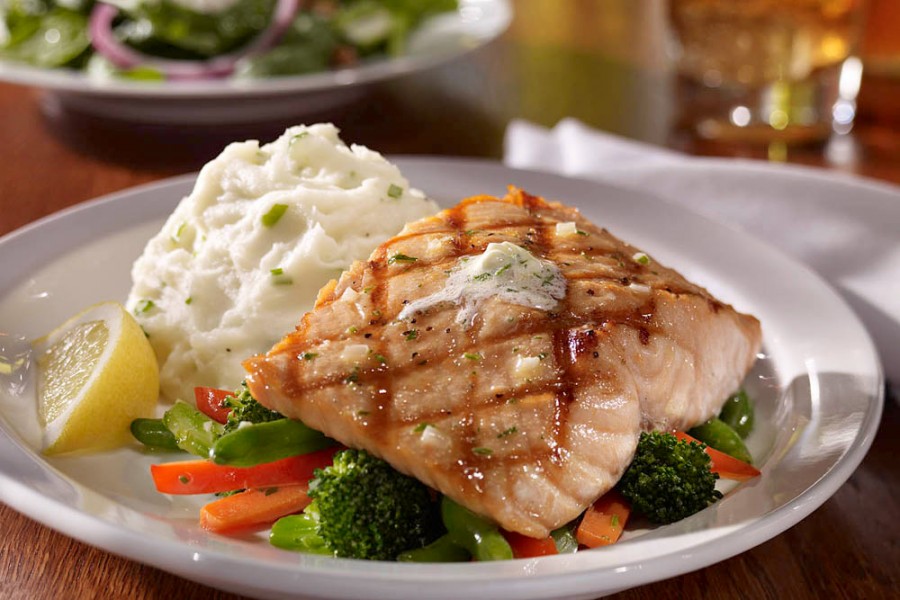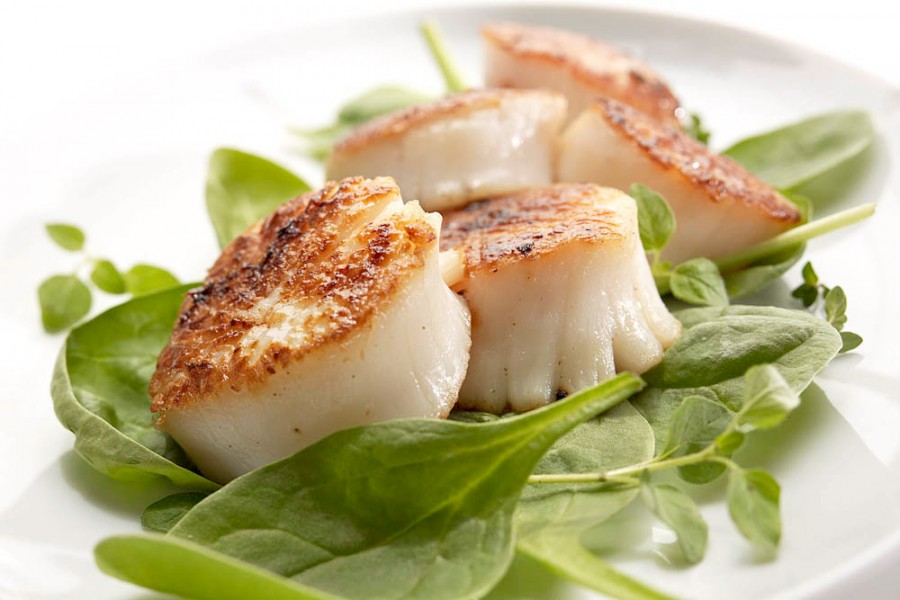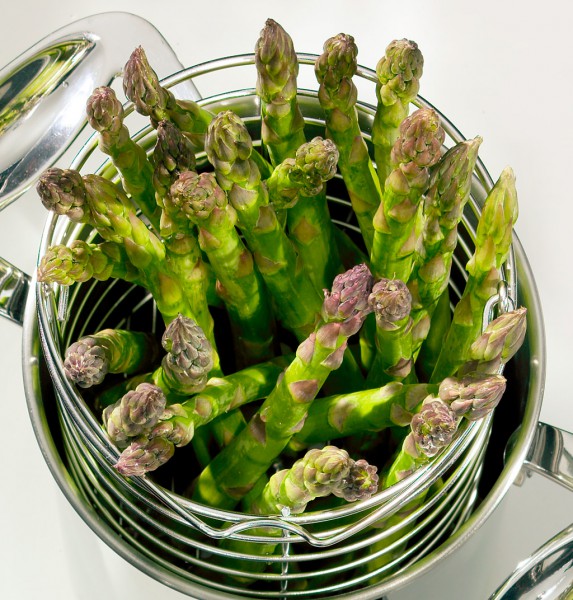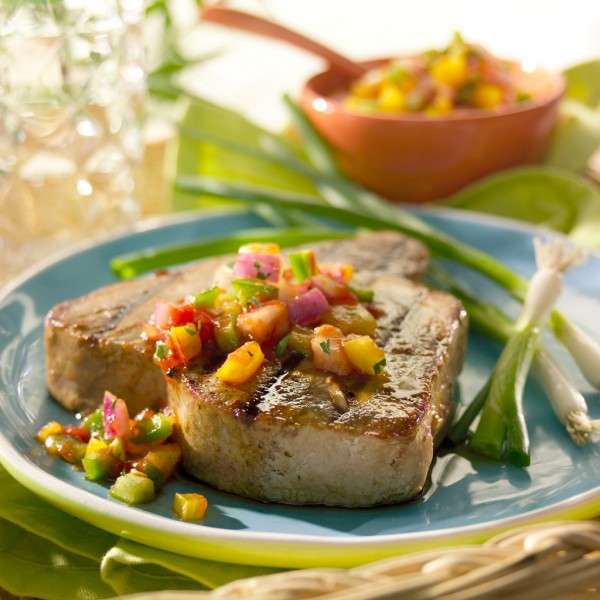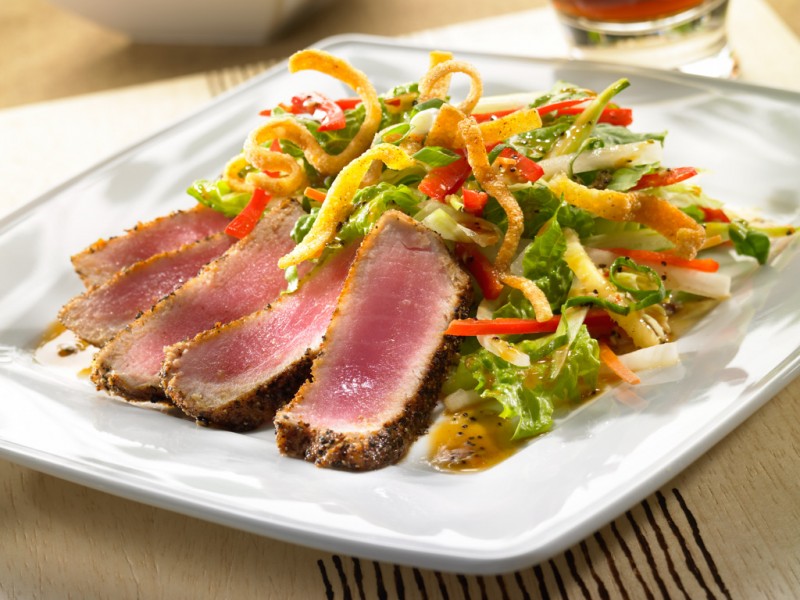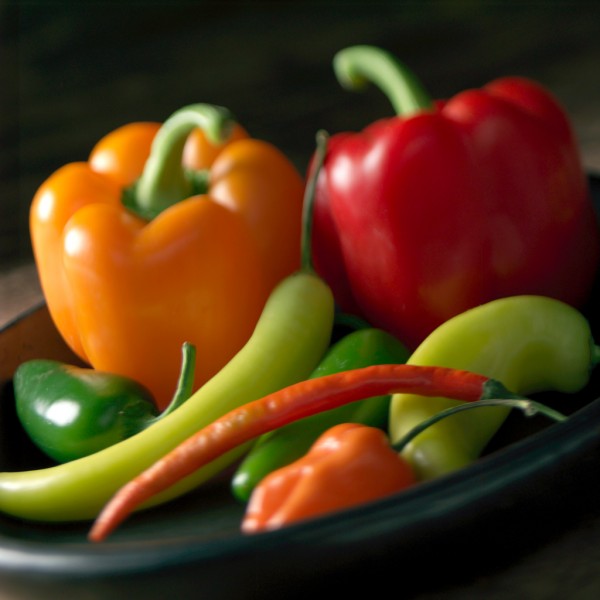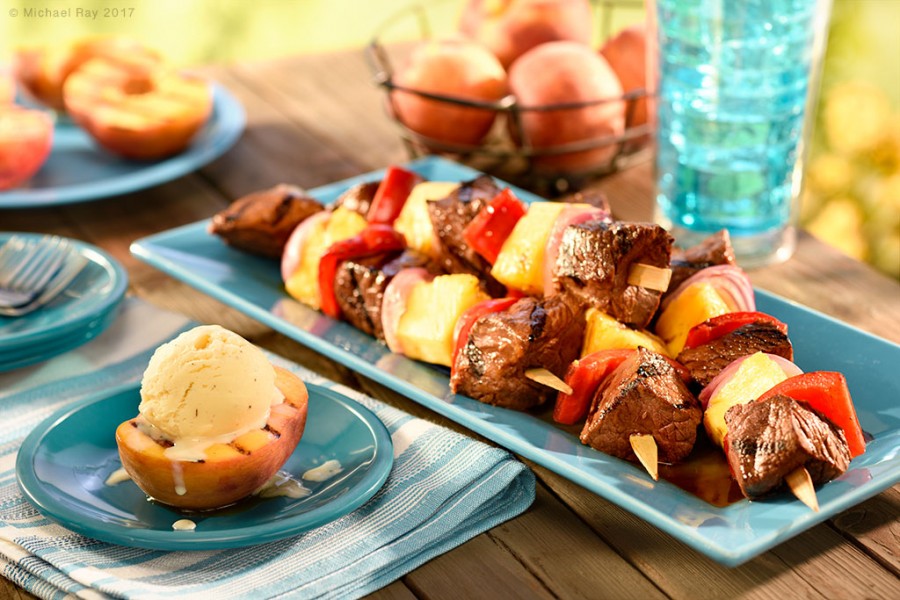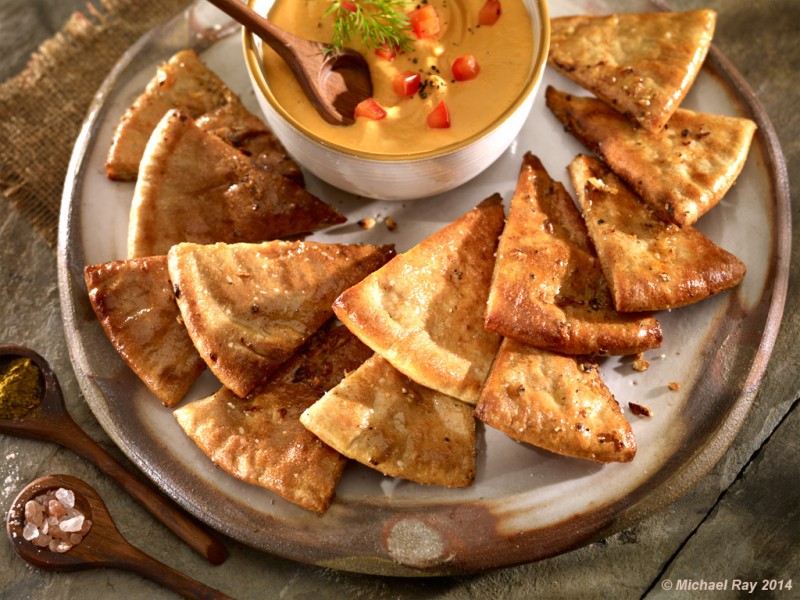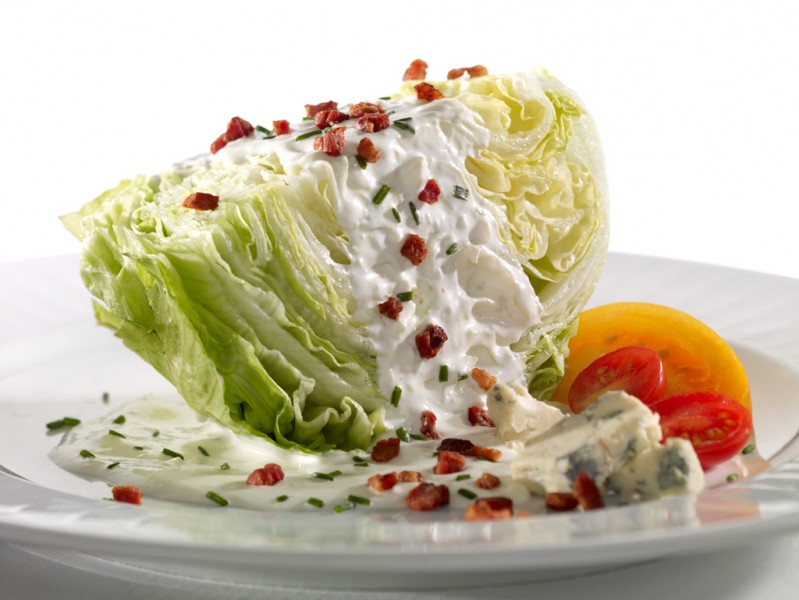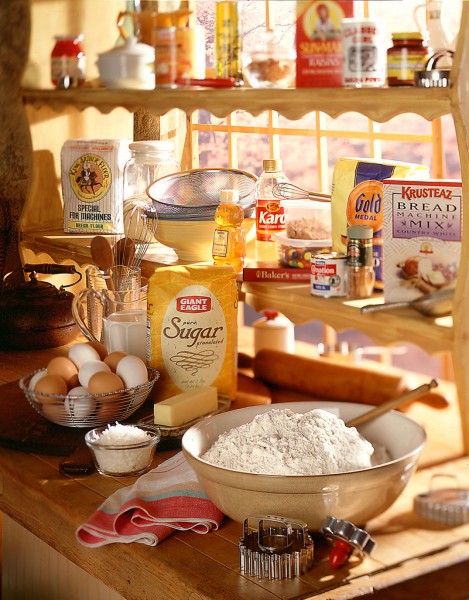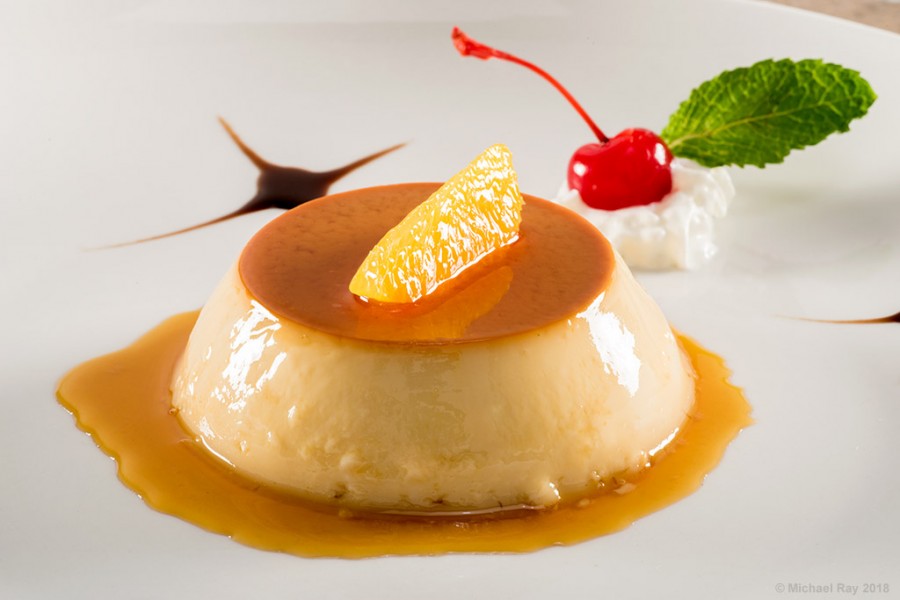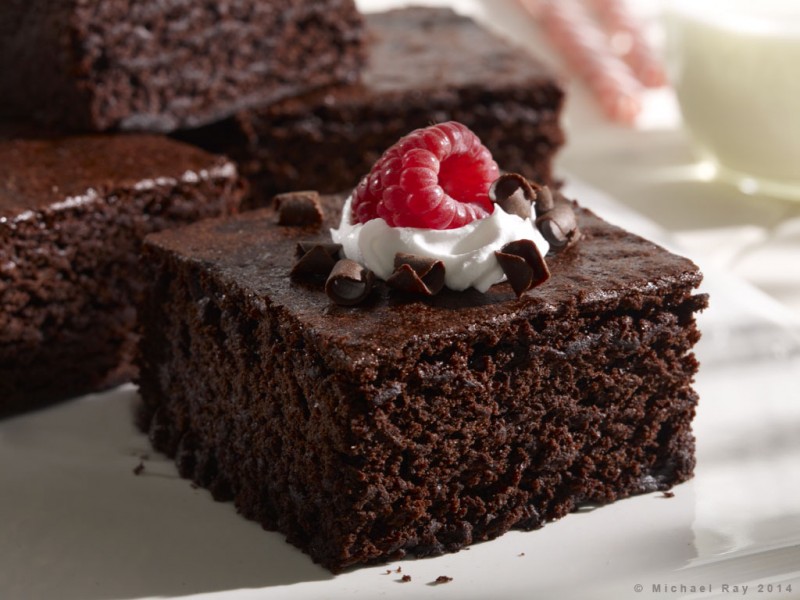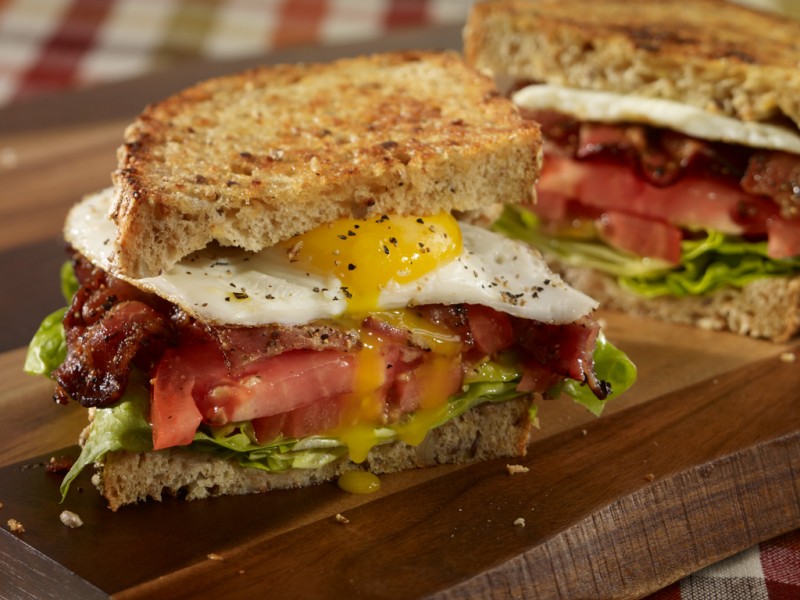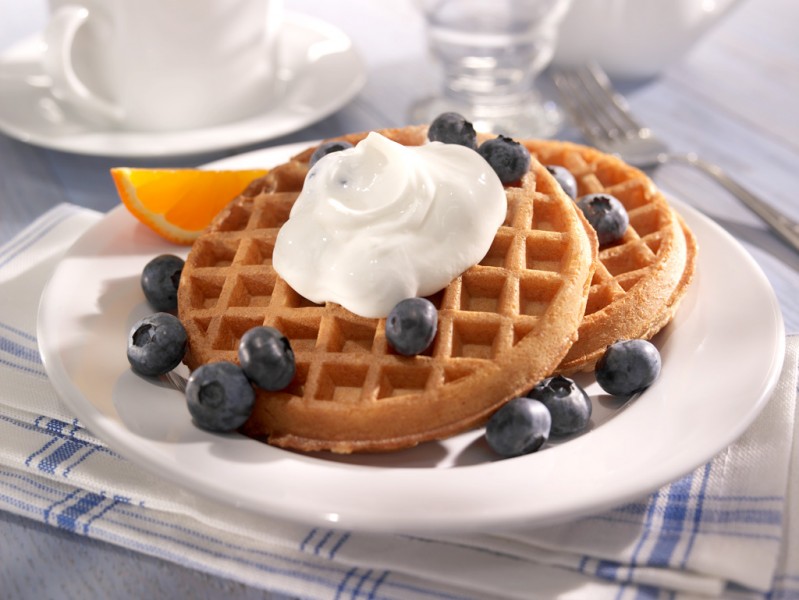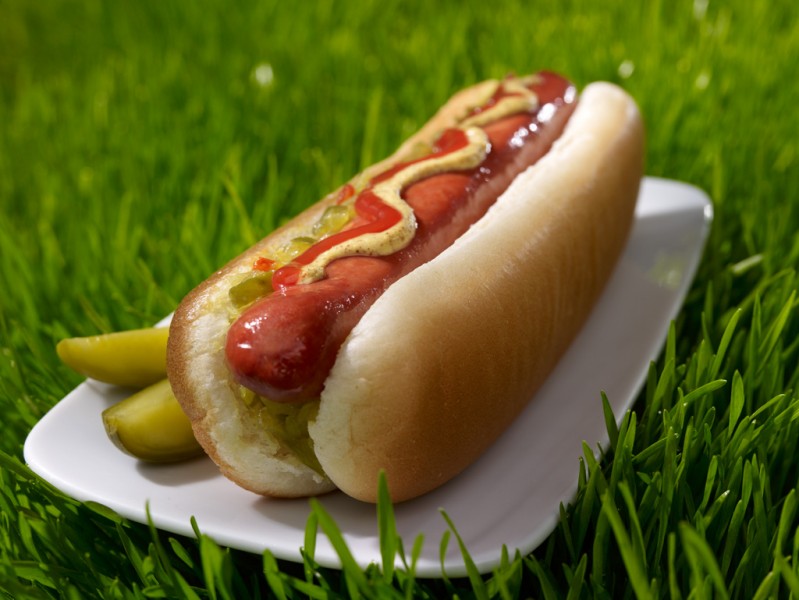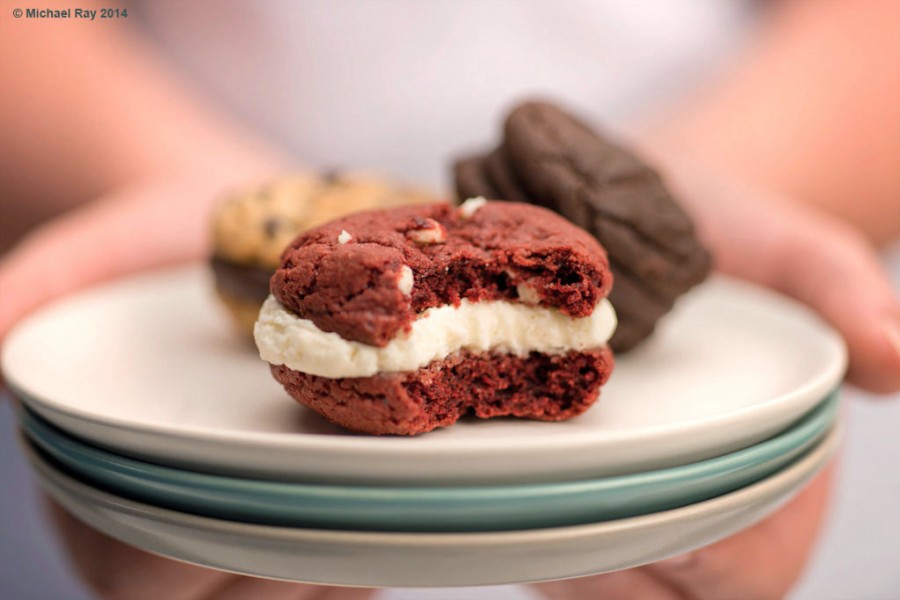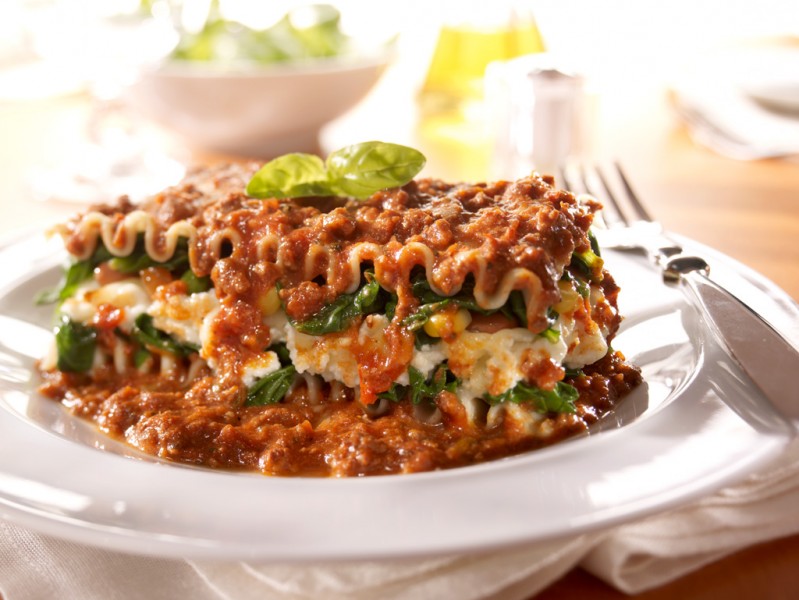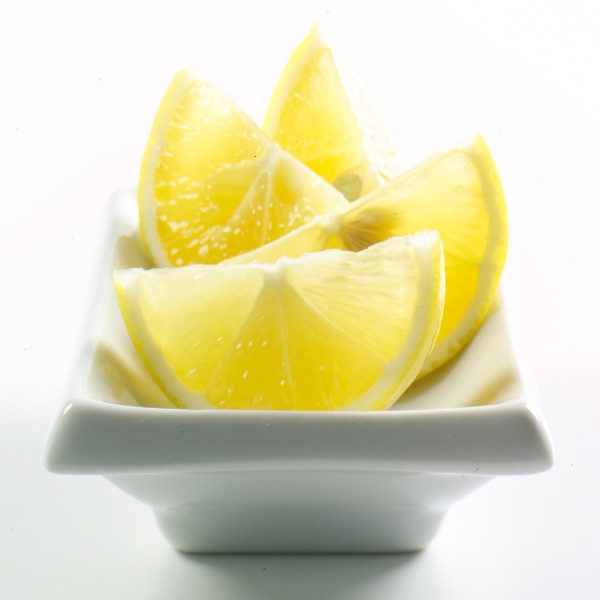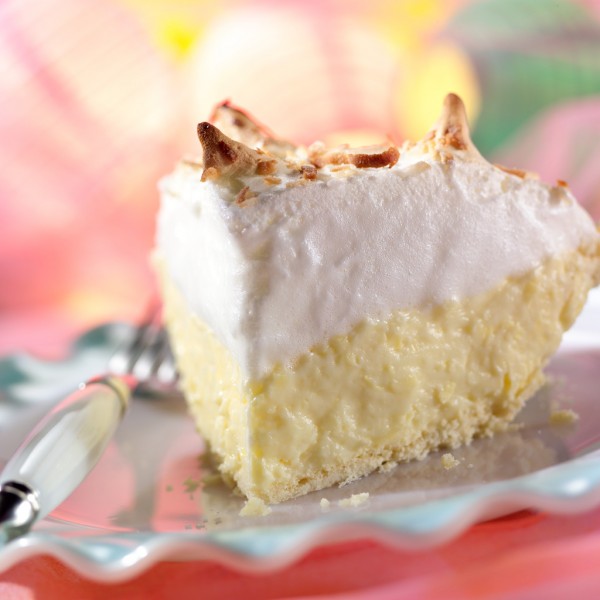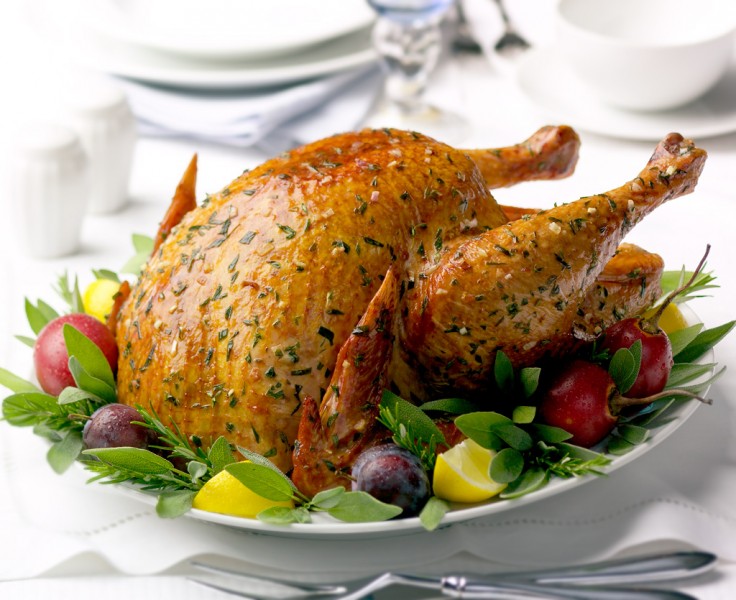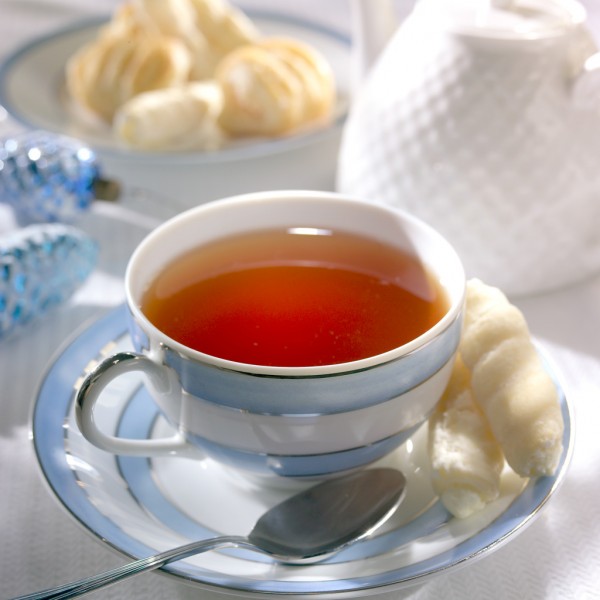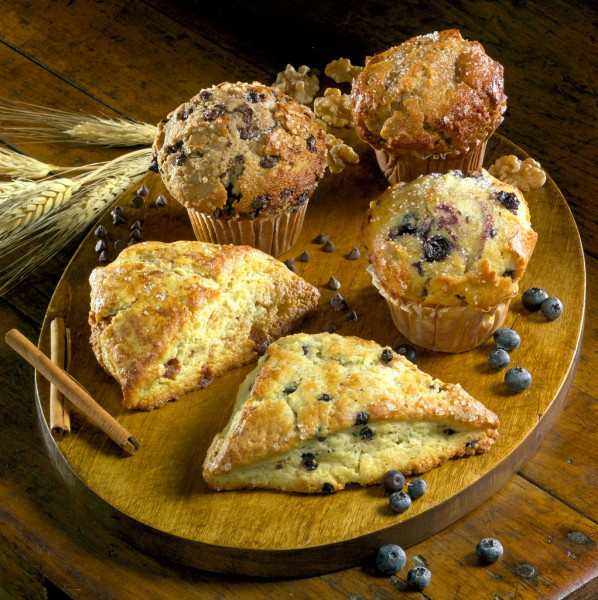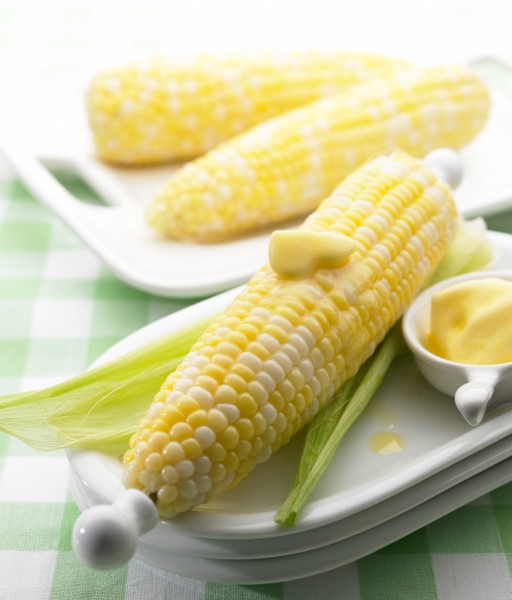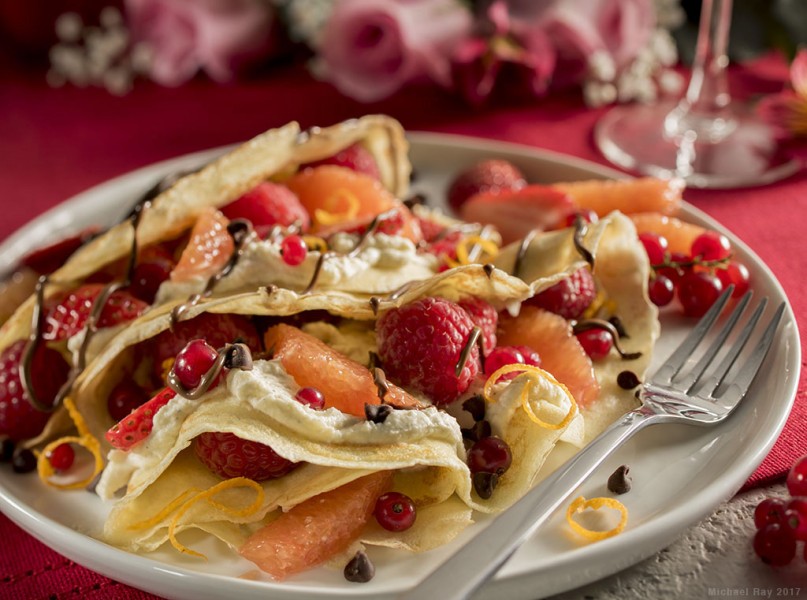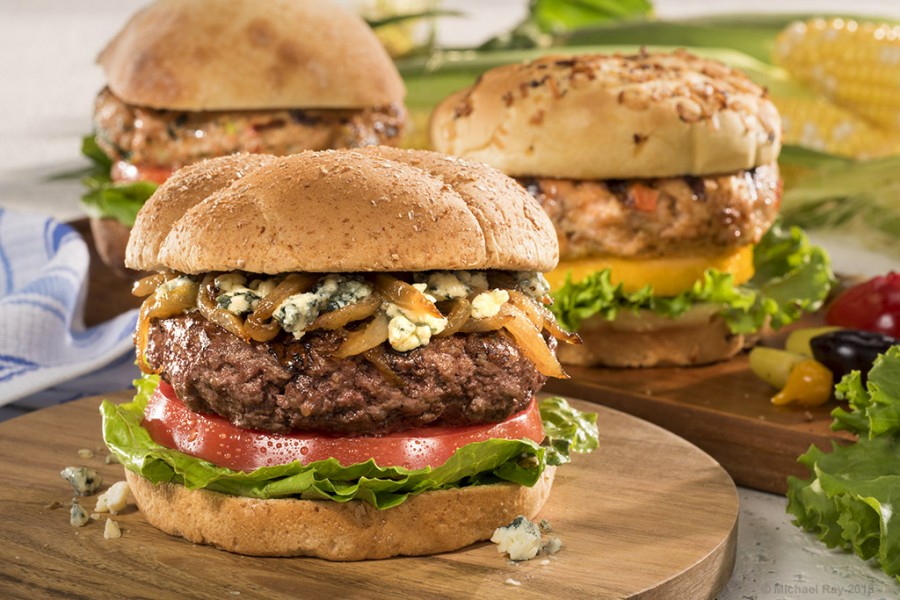Food Photography Portfolio
Food Photography Portfolio
Welcome to the food photography portfolio site Michael Ray. This site is all about the food photography of Michael Ray, and food photography in general. On this site you’ll find samples of Mike’s portfolio, his client list, food related links, and many articles about the art of shooting food. In Mike’s Food Photography blog, you’ll find case studies from professional food shoots, food photography tips, techniques, and general thoughts about the industry. This is meant to be an interactive site, so feel free to make comments on the blog post or contact Mike through his contact page.
The list of questions below are the ones most often asked about food photography, so this may answer basic questions about he industry.
What is food photography?
The answer to that is pretty simple. It’s the photography of food, either cooked or raw. But shooting food isn’t just about the food, it’s about the environment around the food too. In some types of food photography, the background or even the props, can be as important or more important as the food itself. But in general, food photography is usually about the food. Food appears in photos selling food, or plates, or towels, or even ovens or appliances.
What are the major types of food photography?
Food photography can be decided into two mayor types; advertising, and editorial.
Advertising food photography is about selling food, either in a grocery store, in a magazine, a restaurant, on a billboard, in a brochure, or in some other type of marketing device. Editorial food photography is more about selling magazines, and not so much the food. That doesn’t mean that the food in an editorial shot doesn’t need to look great, but the shoot is often times more about the mood of the photo and less about the details of the food.
Editorial food photography will tend to spend more square inches of its photography on background and environment, whereas advertising photography will spend more space once actual food. That’s a generality, of course, but to sum it up, Advertising photography sells the food, and editorial photography entertains or sells the magazine.
What makes good food photography good?
What’s good or not good, is a pretty subjective determination. The quality of the food photography must be judged either by the individuals that consume the photography or the people that purchased the photography for commercial uses. Most food photos are created for a specific purpose, to sell with food, magazines, or other food related products or services. Therefore a food photo may be judged on just how well it succeeds in selling what it was intended to sell.
If you ask a food photographer what makes a food photo good, you’ll often here that for a photo to be good, it must appear as three dimensional, and as appetizing as possible. This is usually accomplished with good styling, good lighting, good propping, good focus, good exposure, good composition, and a gazillion other variables that all come together to make the food come to life in reproduction. It’s not an easy thing to do…
Who uses food photography?
Food Manufactures, grocery stores, local and national magazines, cookbook publishers, restaurants, and catering firms, all use food photography in their businesses.
What special skills does a photographer need to produce quality food photography?
Not just any photographer can do well at photographing food. Usually the skills developed to take pictures of people, in portraits or in a wedding, are not the same skills needed to photograph food. People photography is more about catching the moment and food photography is more about lighting and composition. It’s about working with a team of creative professionals, such as an Art Director, prop stylist, and food stylist. It’s a much more tedious, time-consuming task, and usually isn’t part of the same skillset held by the typical wedding photographer.
Do you need a food stylist for good food photography?
Unless the food is something that doesn’t require much handling, like something raw or possible chocolate, it’s usually a good idea to work with some type of food professional, either a chef, or better yet a food stylist. A food stylist knows all kinds of ways to make food look as good as possible. A chef is more about making the food taste as good as possible, where a stylist couldn’t care less what the food would taste like, as long is it looks great. And in food photography, that’s the most important thing. So, for that reason, a food stylist is the best possible helper for creating great food photos. That doesn’t mean that working with a food stylist is always the best choice for every shoot. There are times when budget is an issue, or the shots per day needs to be higher than a food stylist would allow, but in general, it’s nice usually well worth the expense to have a food stylus involved in the photo shoot.
Is food photography best shot in the studio or on location?
Most advertising food photographers would prefer to shoot in their studio, and most editorial food photographers would prefer to shoot on location, but the project usually dictates just where the photography should be shot. If the photos need to contain some of a location, then usually, it’s necessary to be in that location. If the location is too busy to house the shoot, then the studio makes more sense. If availability to props and lighting is of the utmost importance to the shoot, them maybe the studio is the way to g. In general, studio photographers prefer to shoot in the studio and location type shooters prefer shooting on location. The decision should be based on the needs of the particular shoot.
These were just a few of the more common questions about food photography, and as you explore the site, you’ll learn more and more about the subject of Professional Food Photography.

